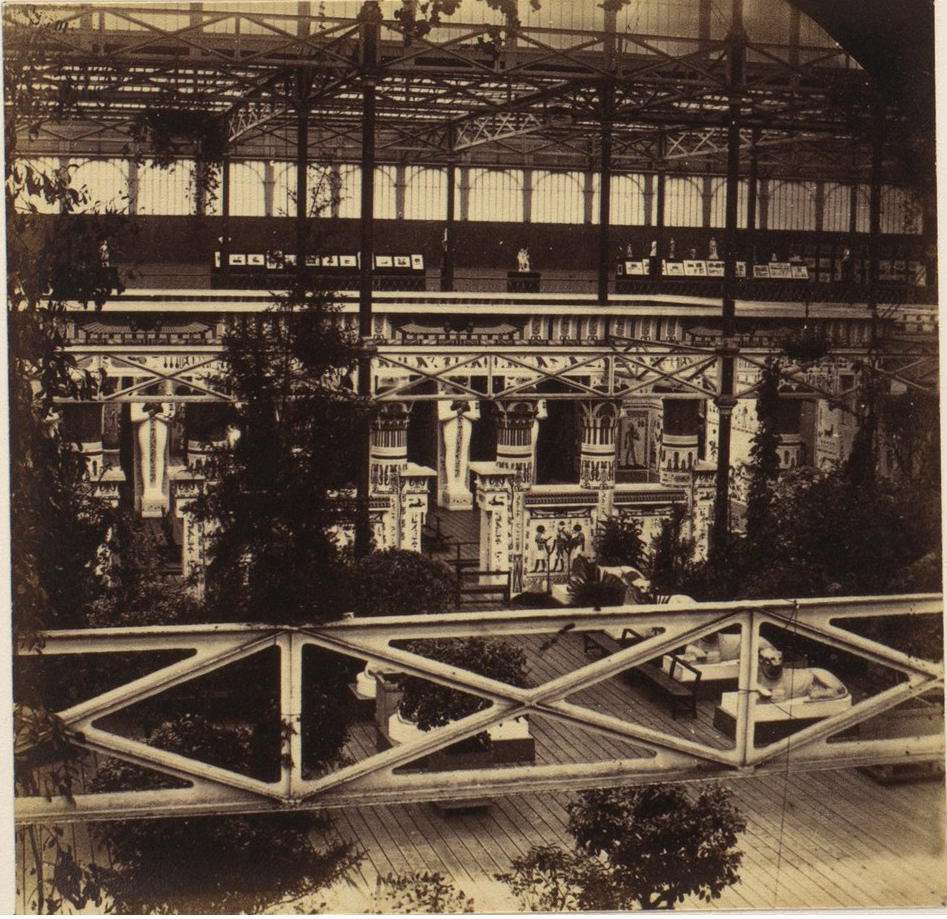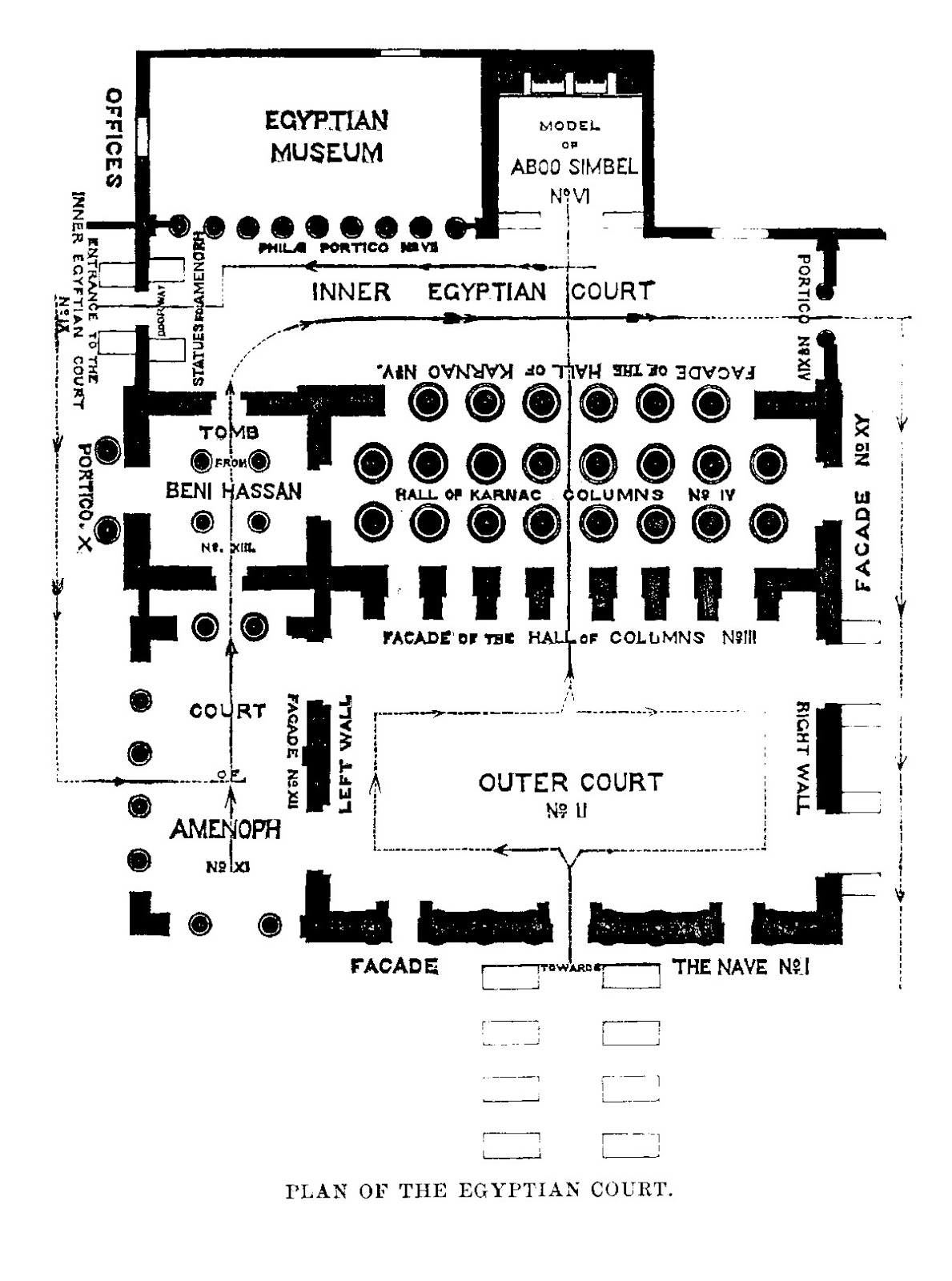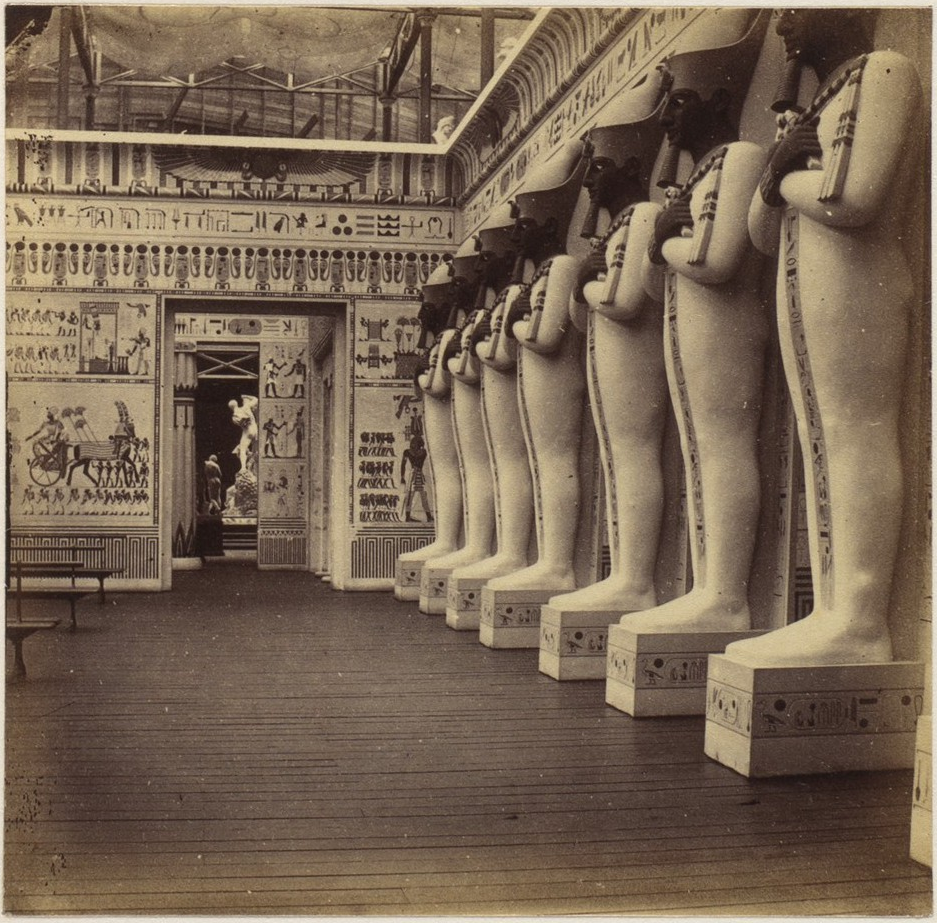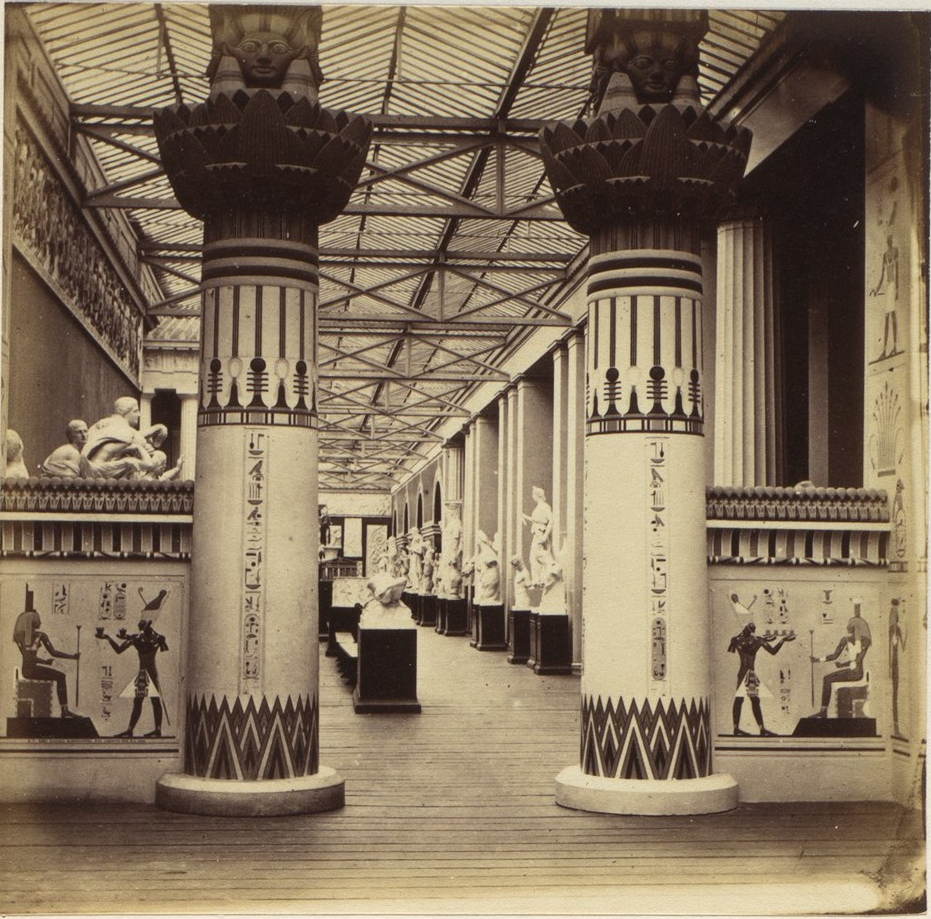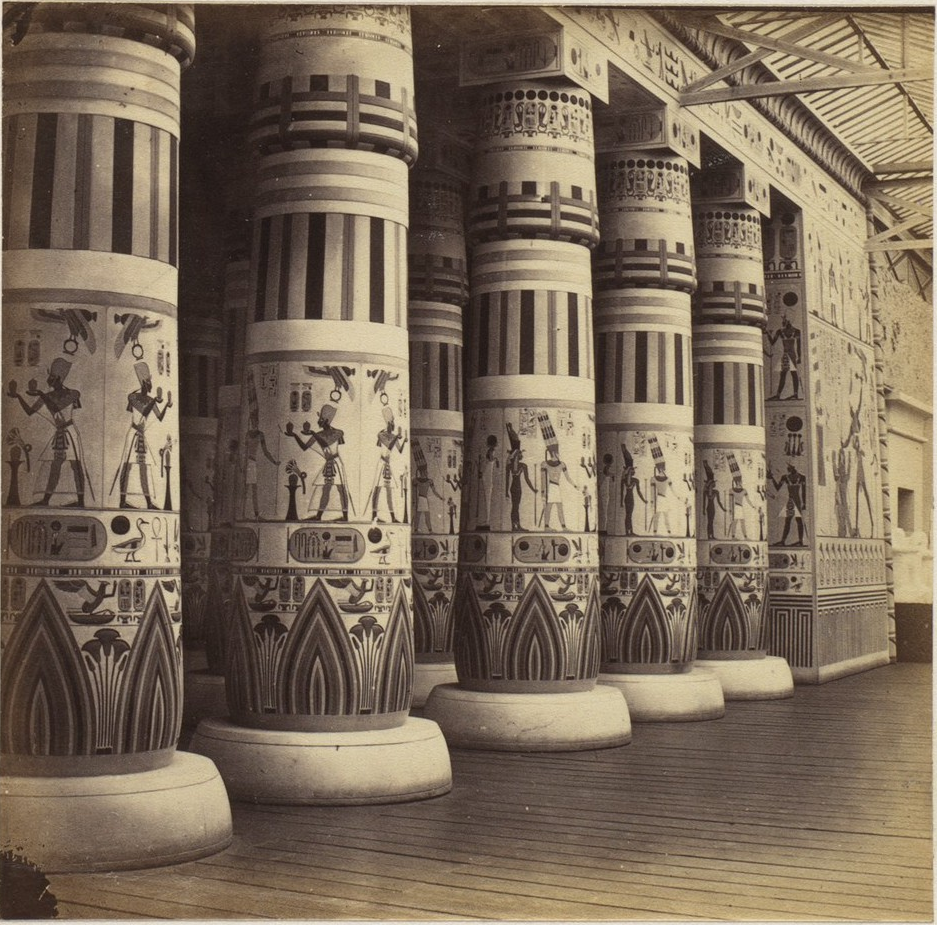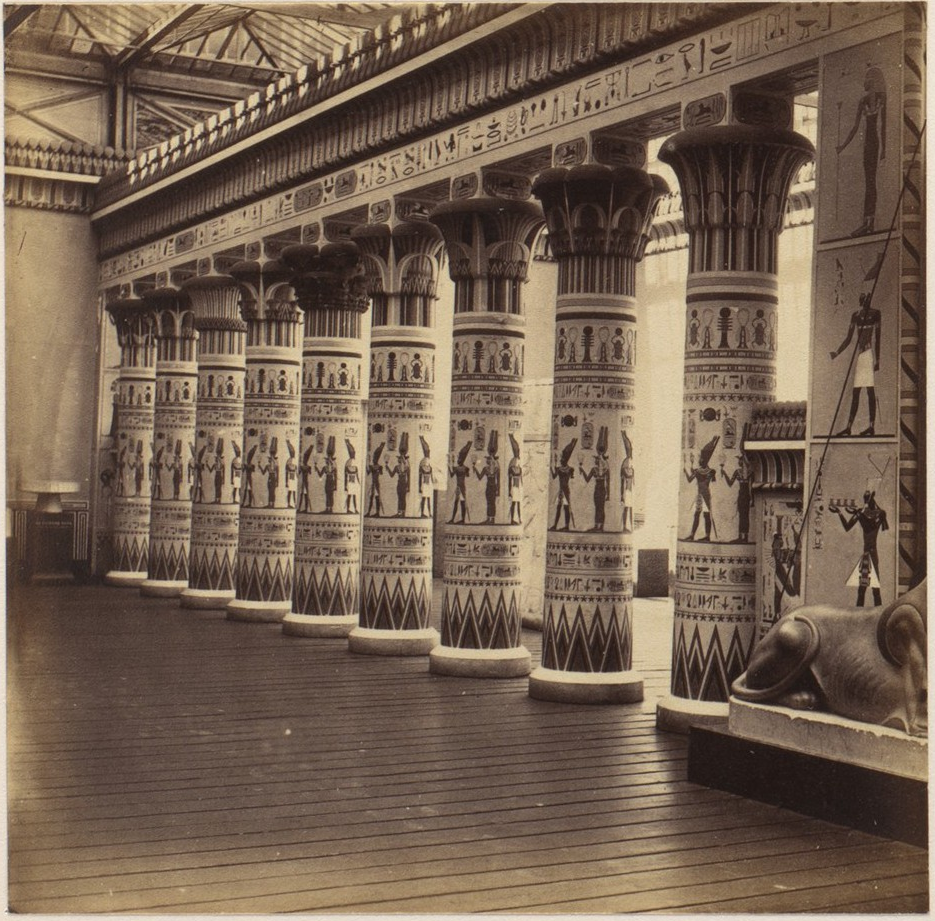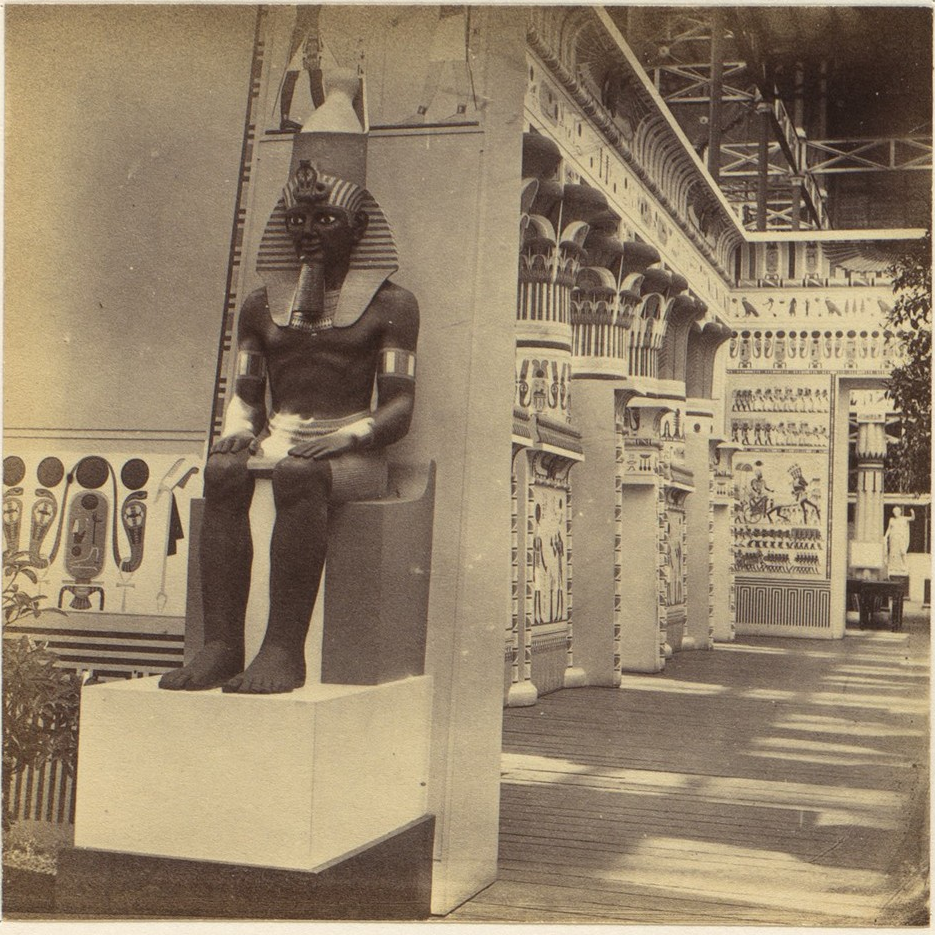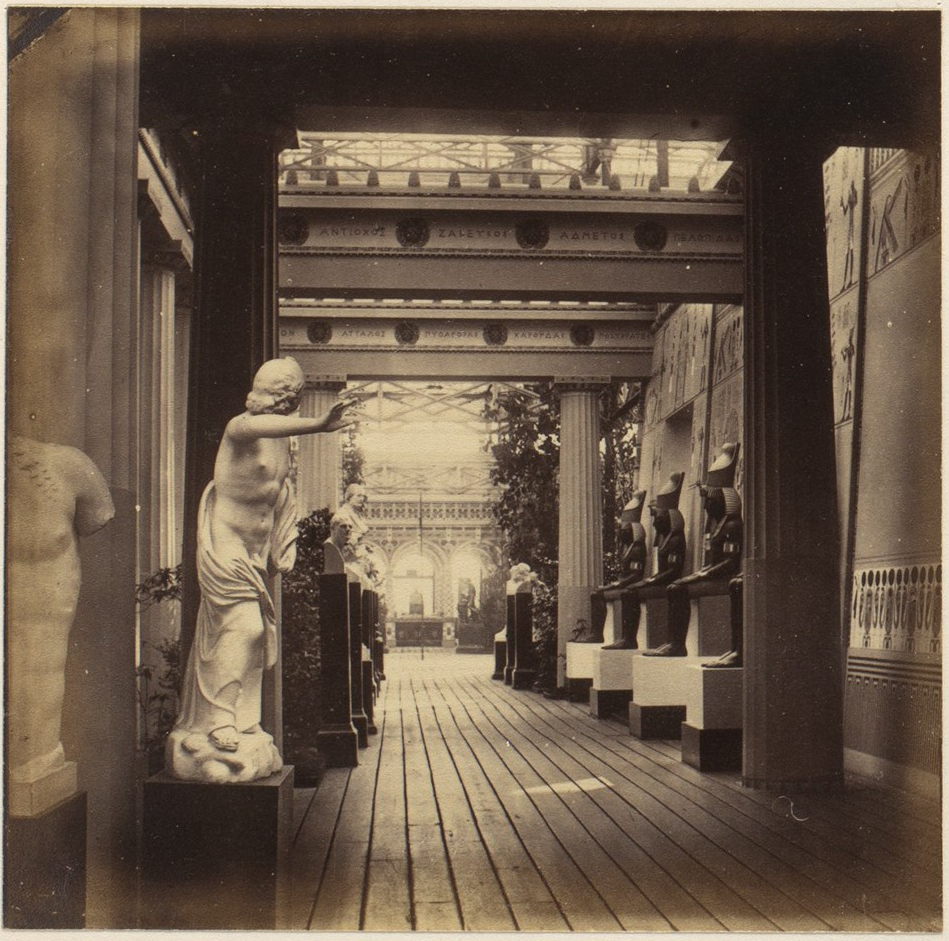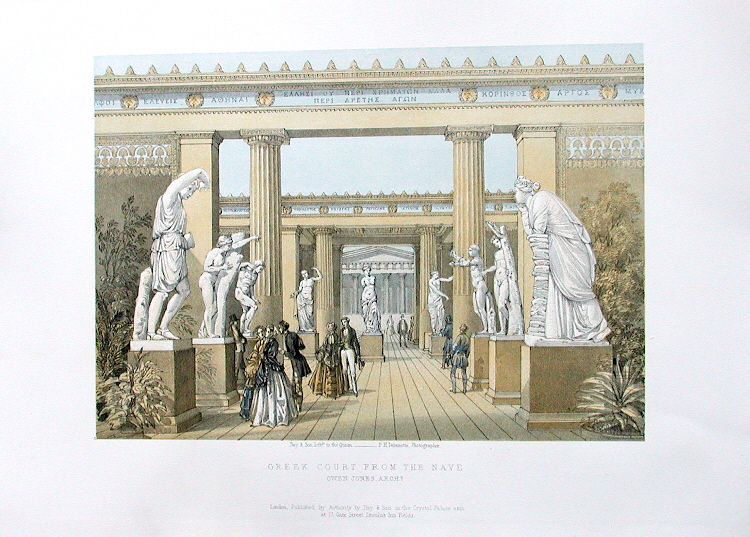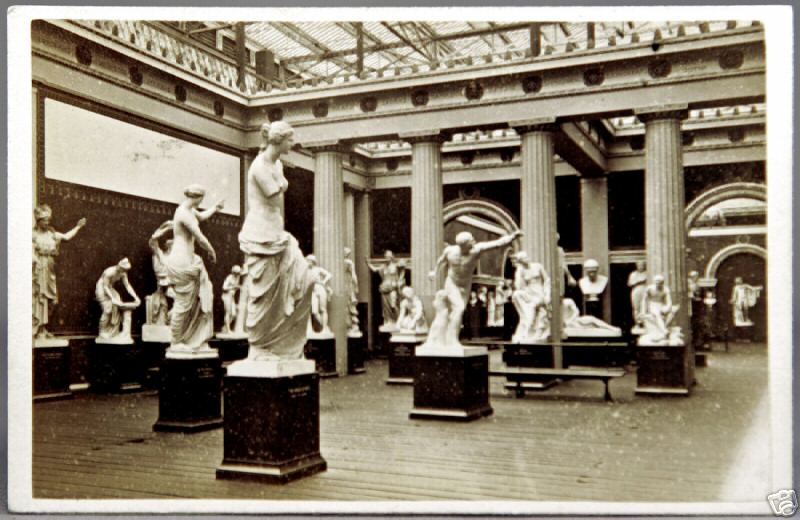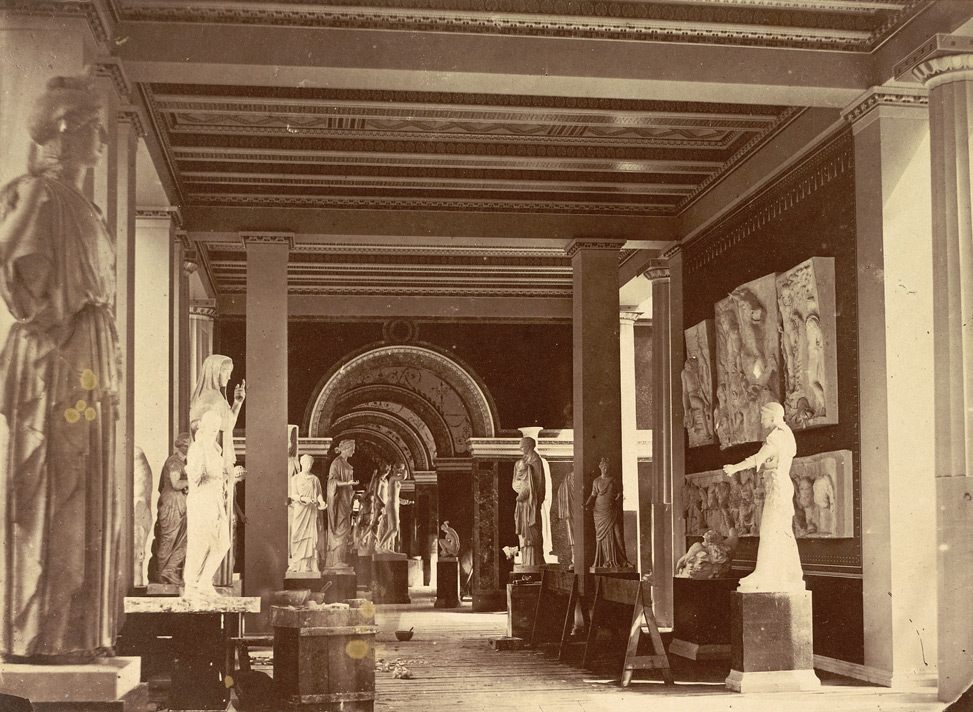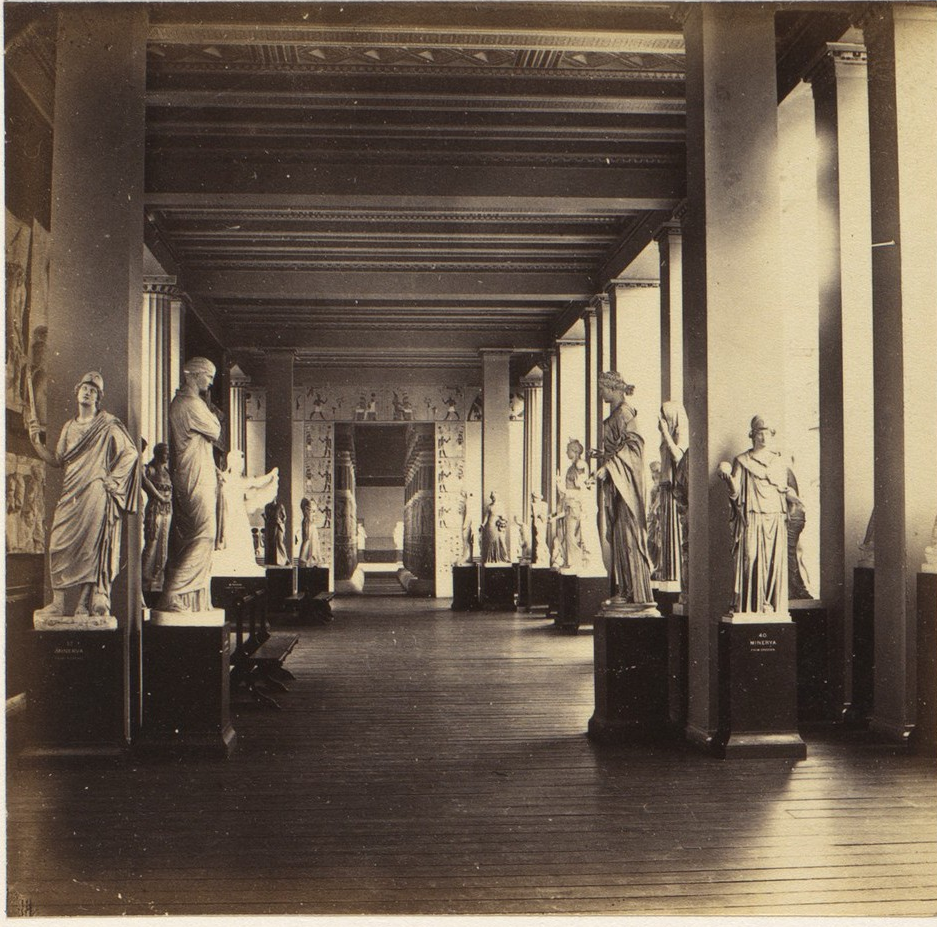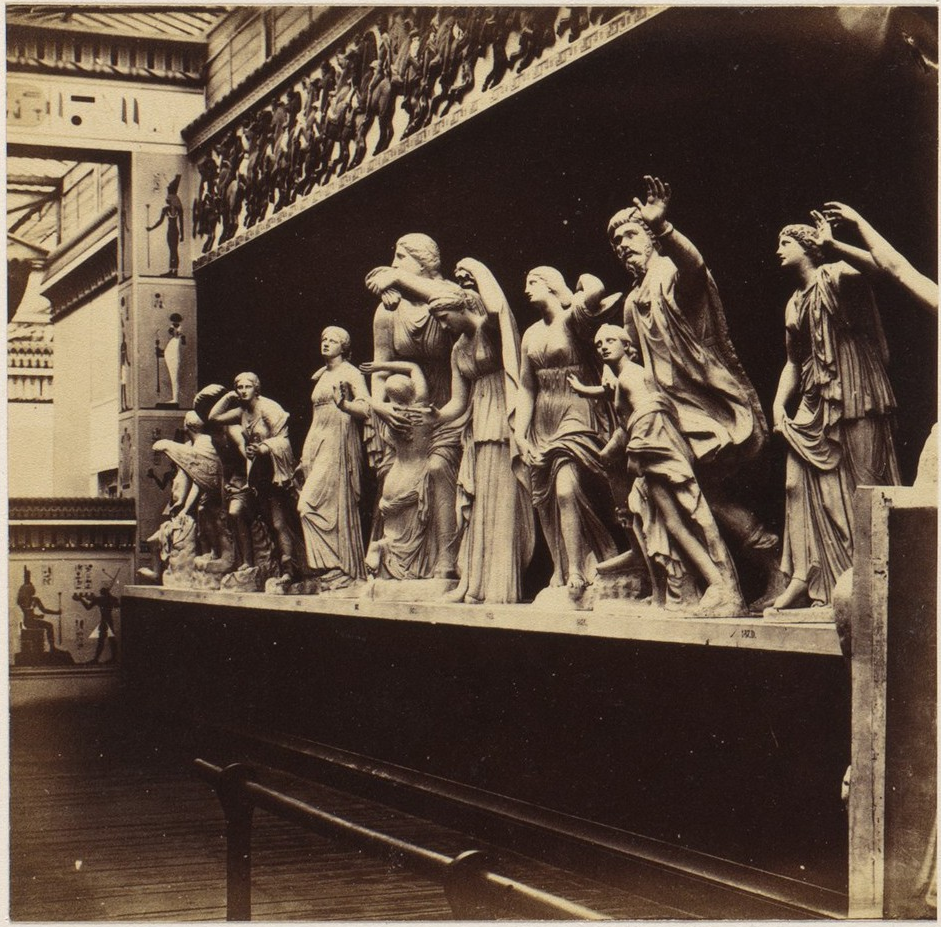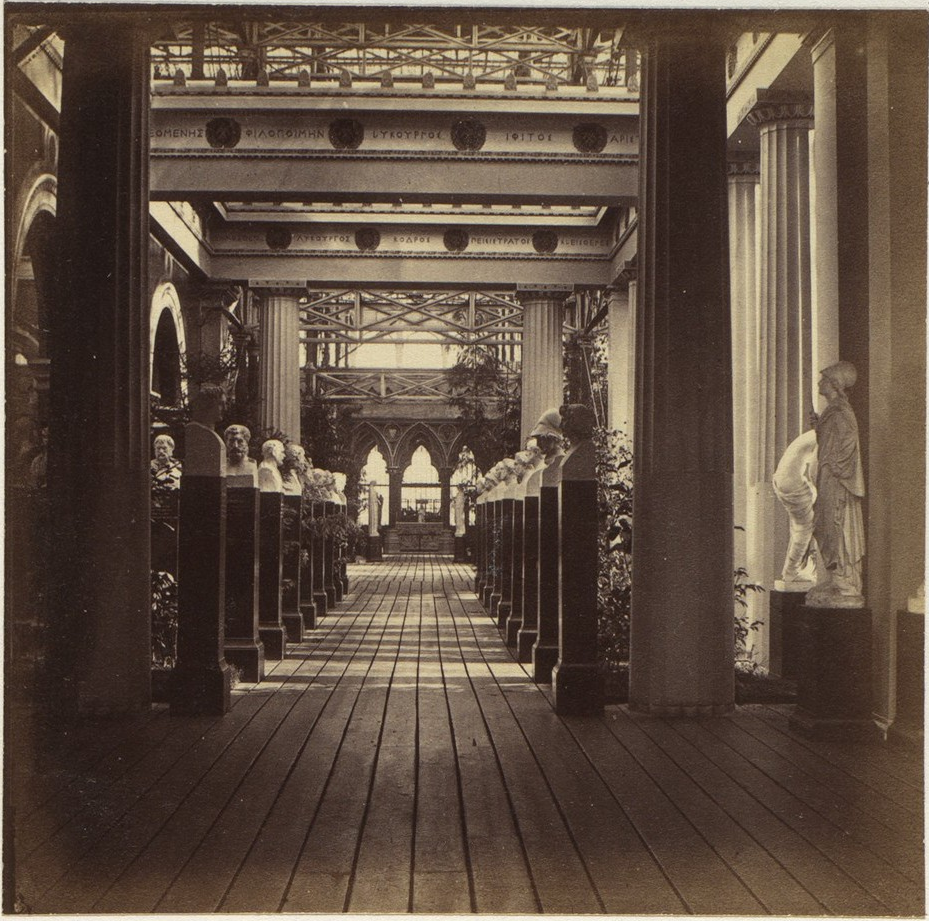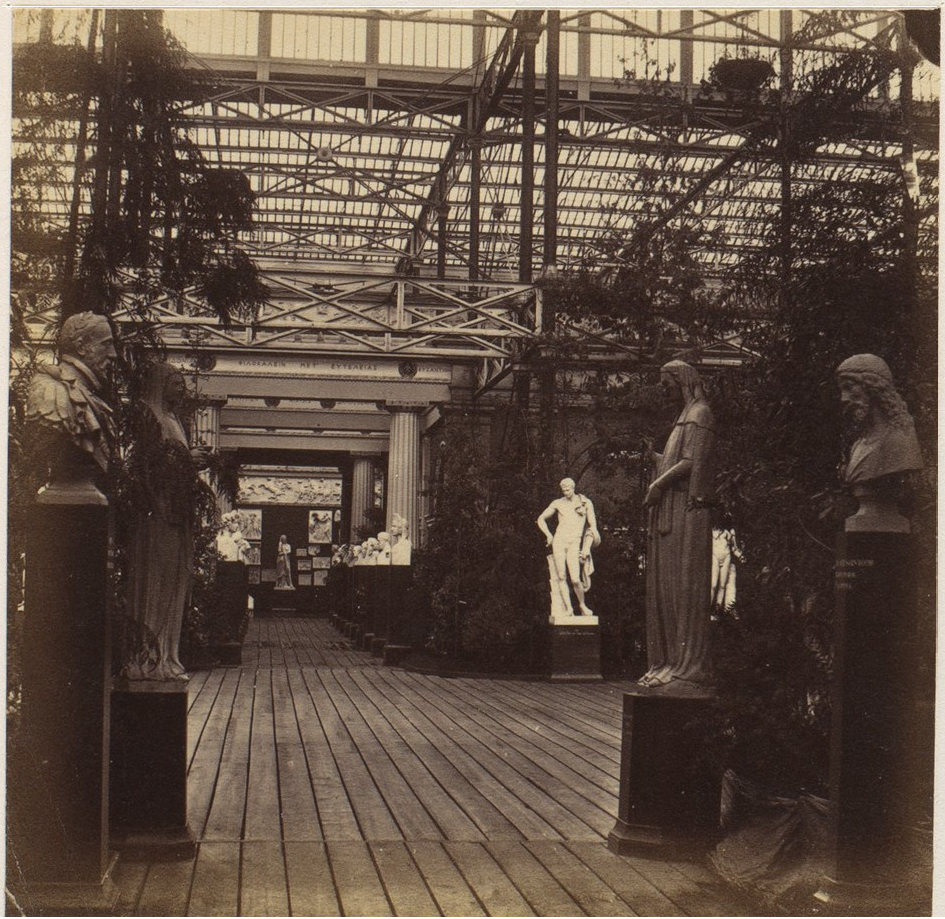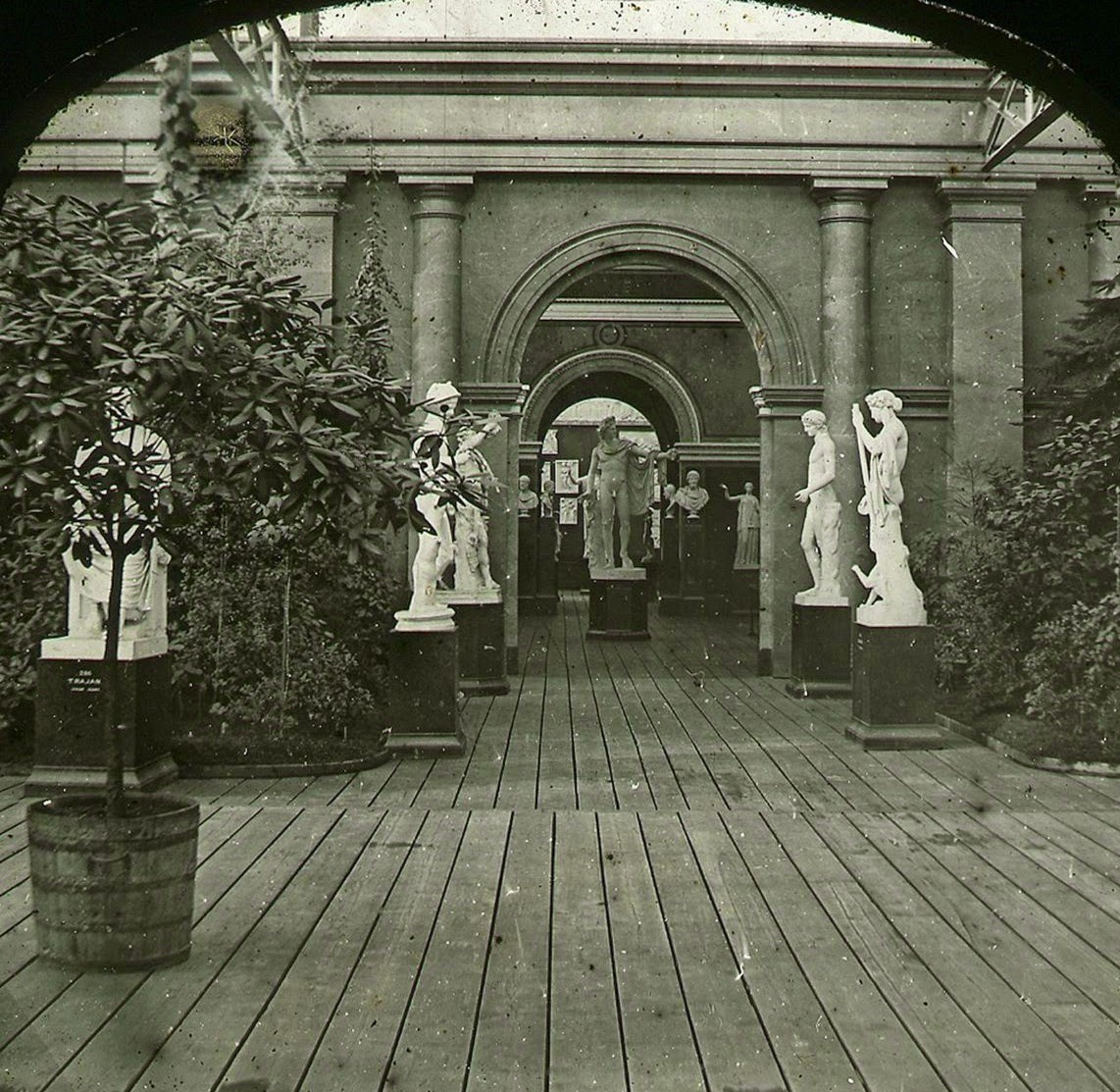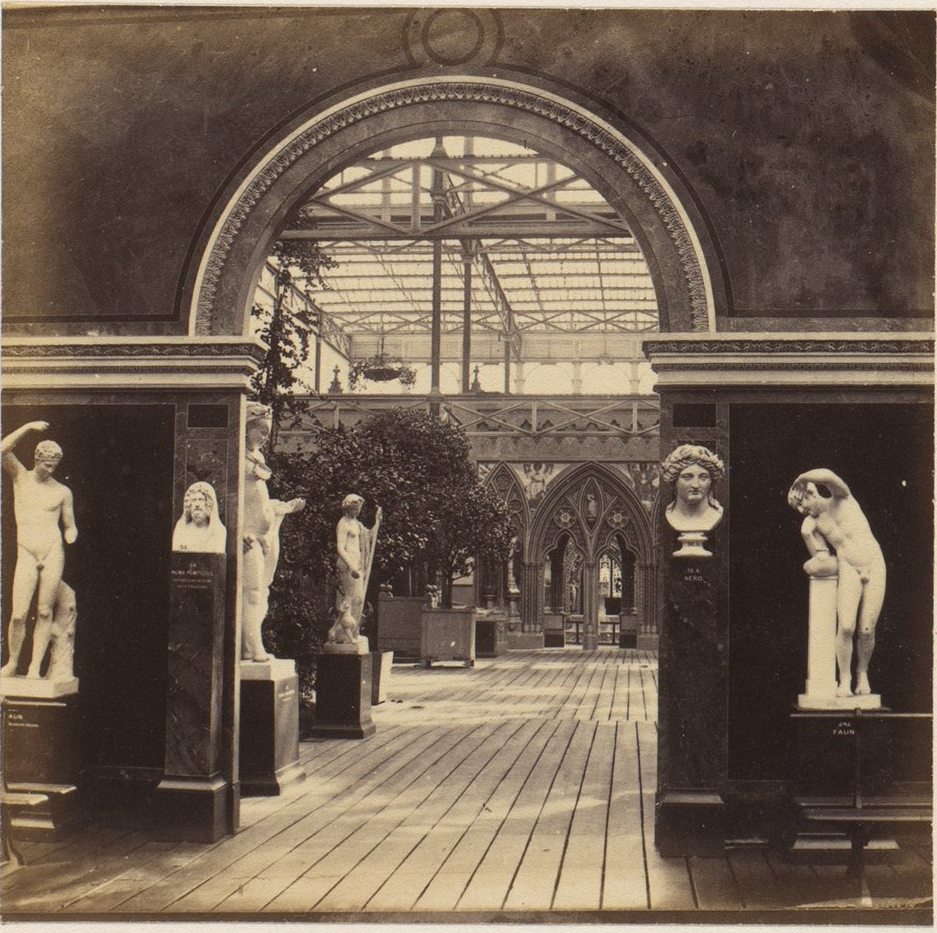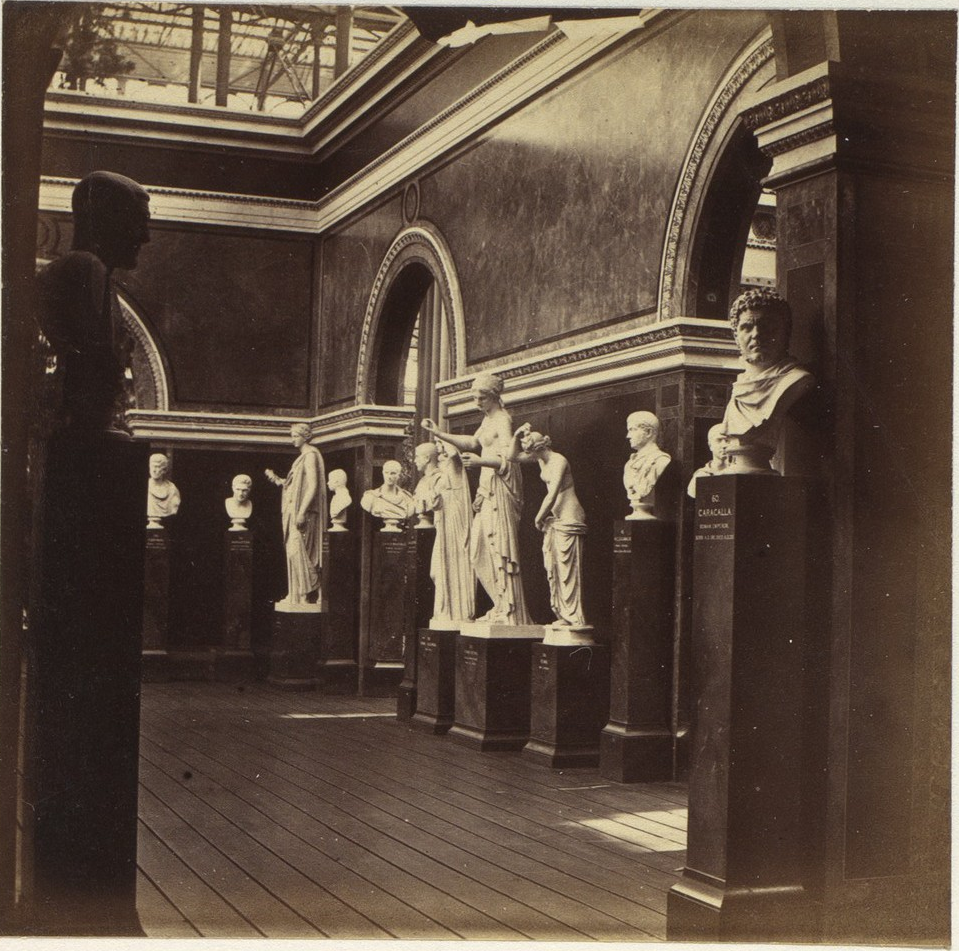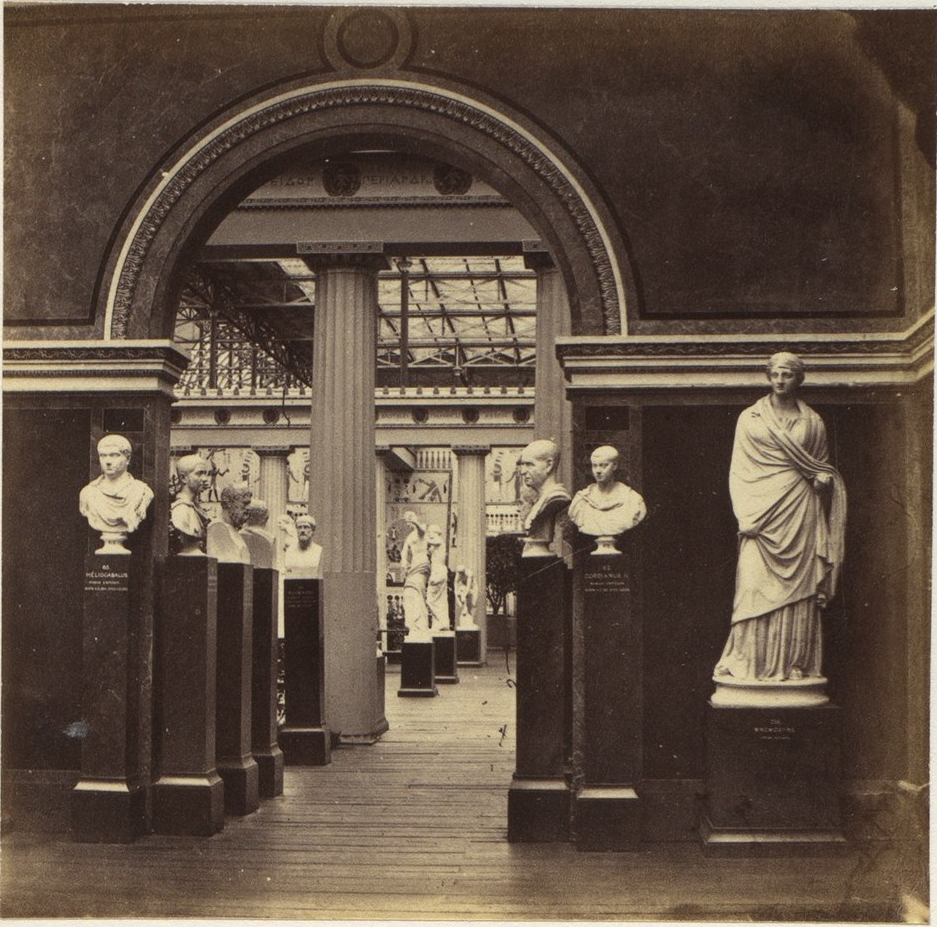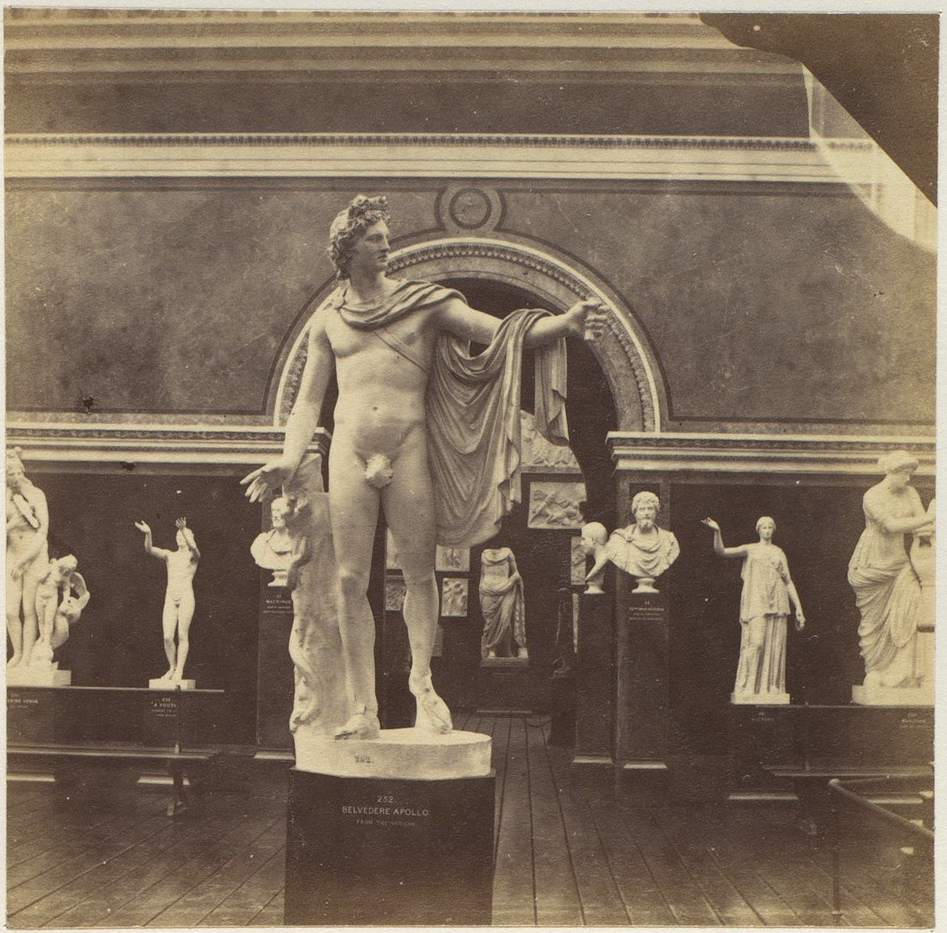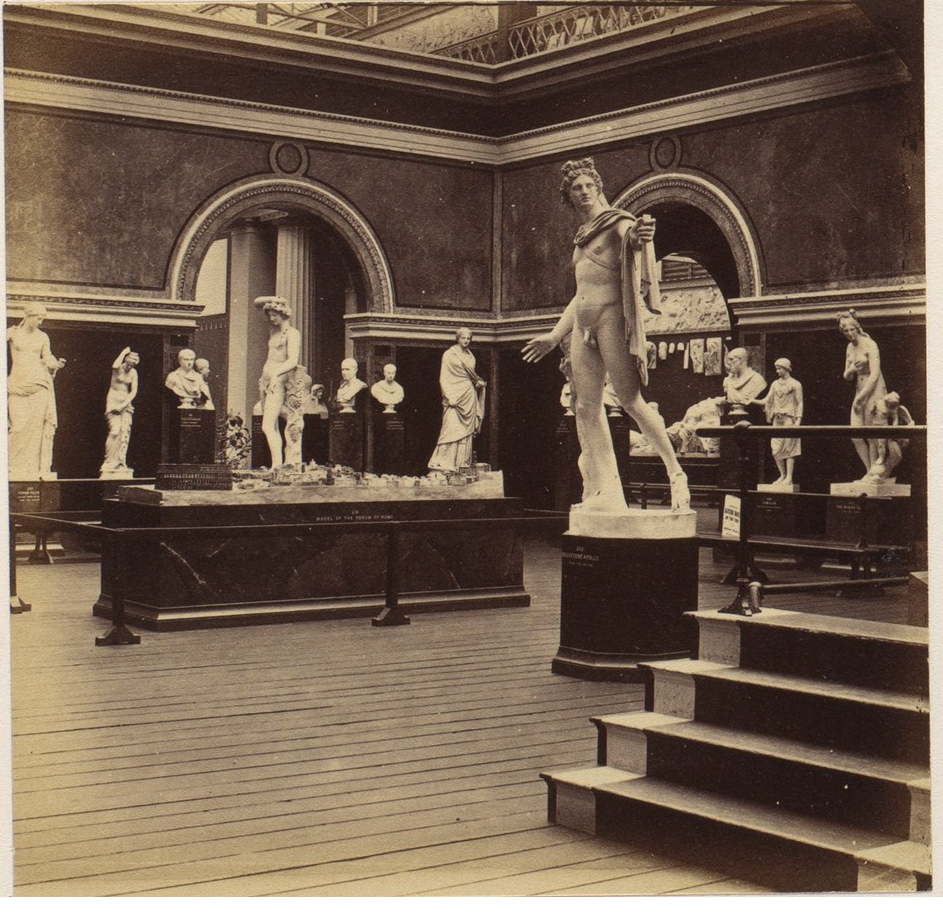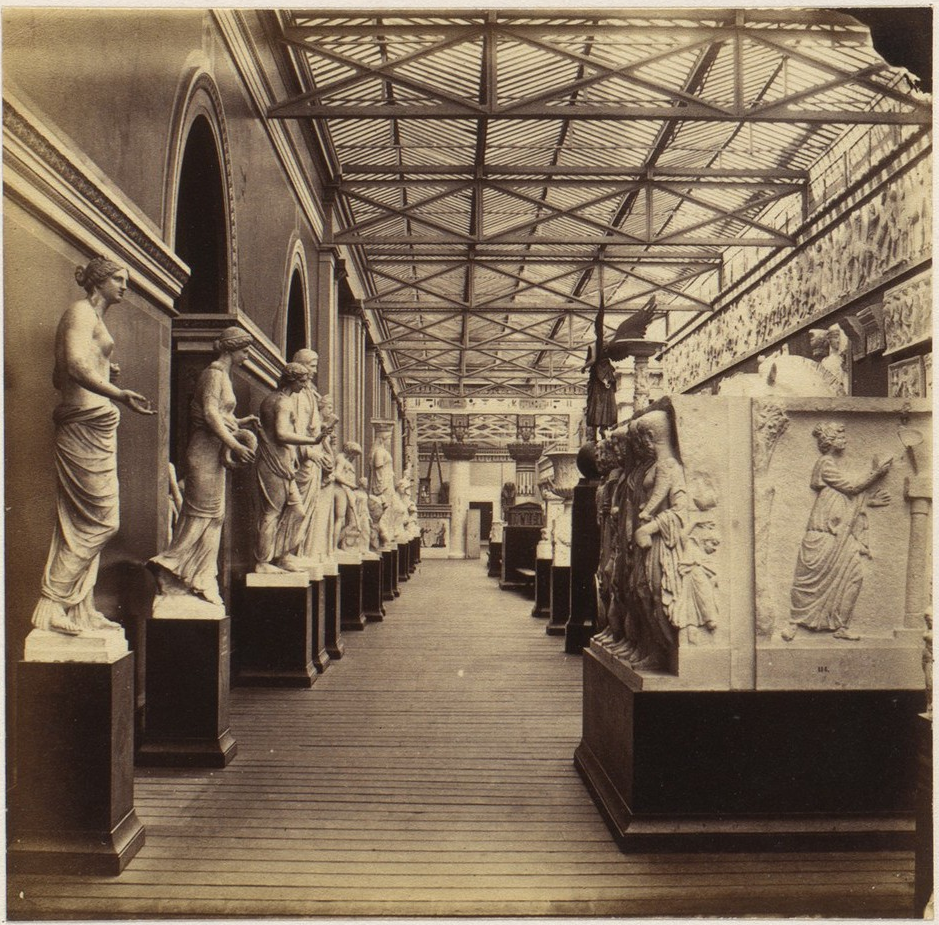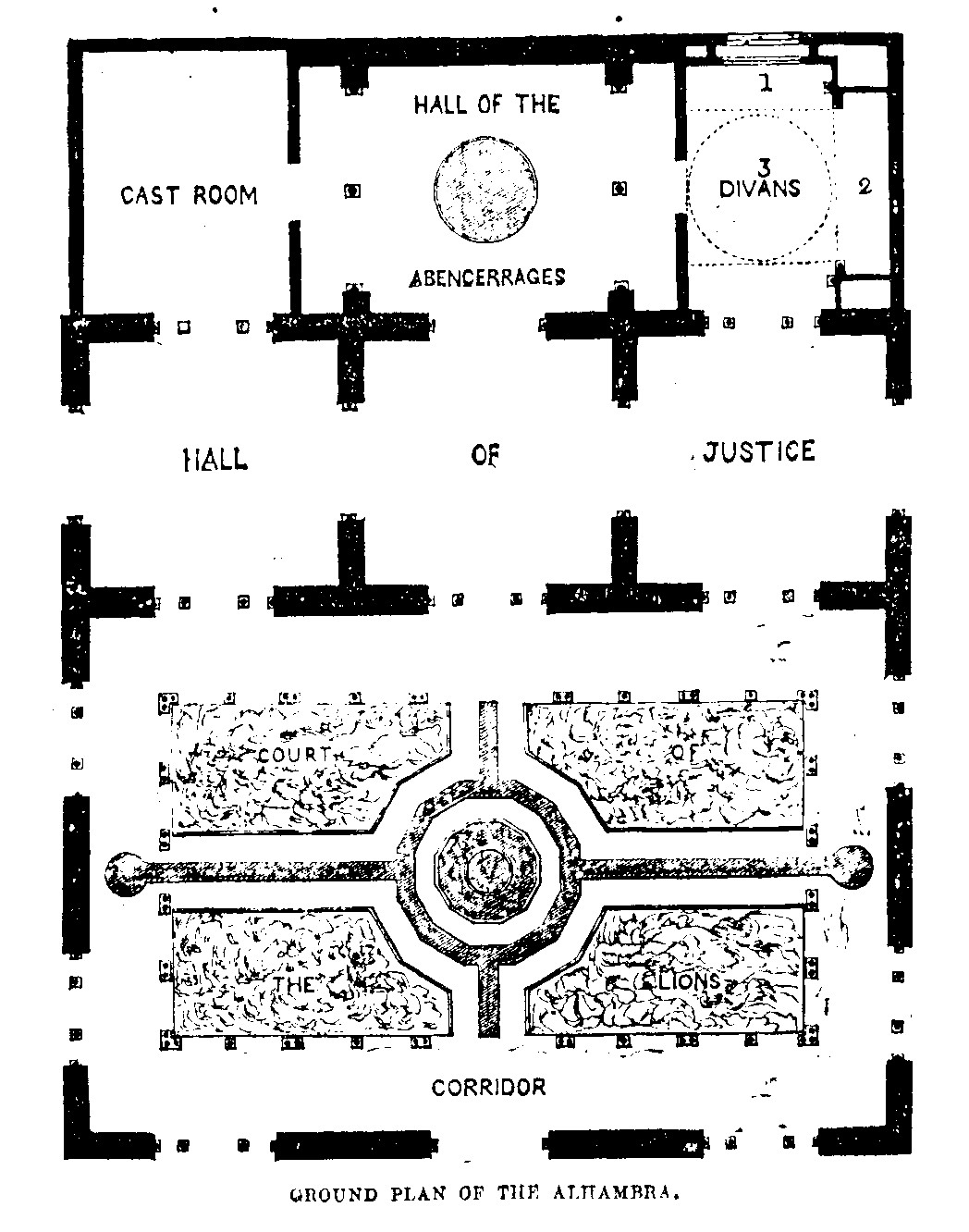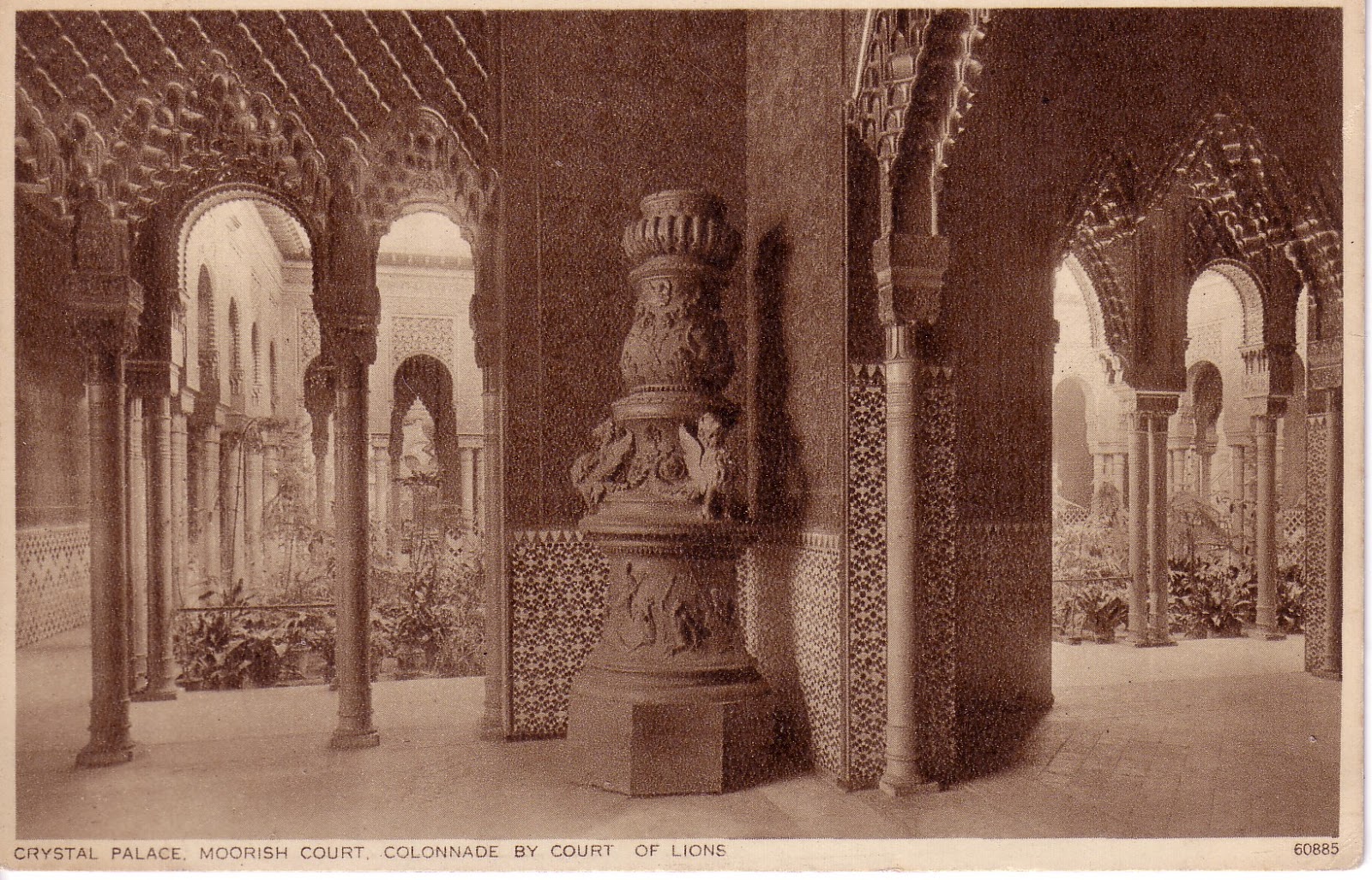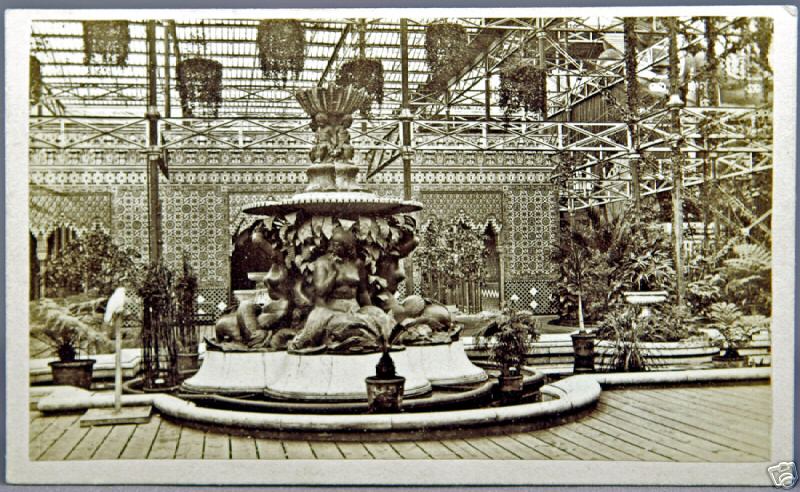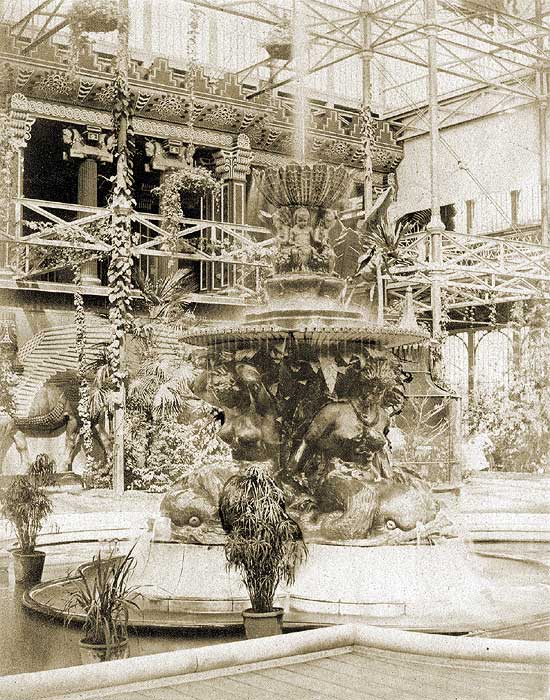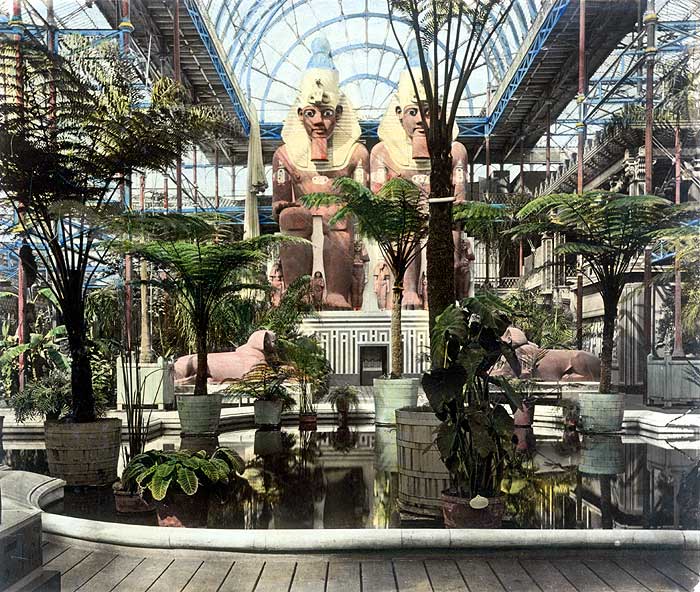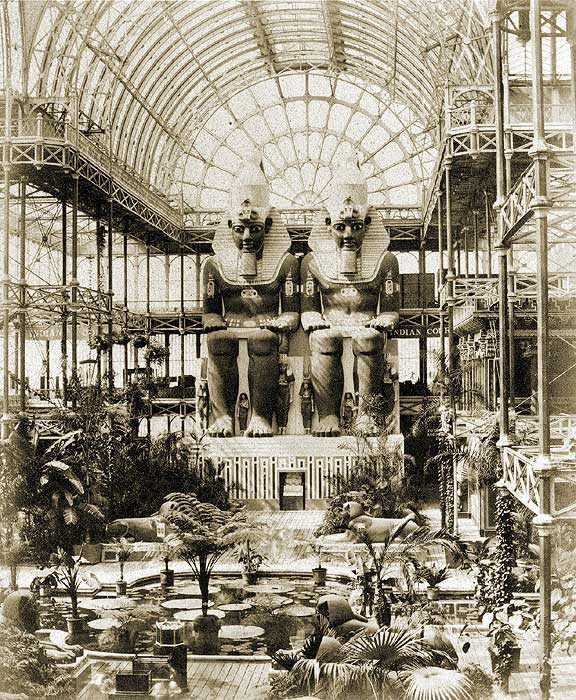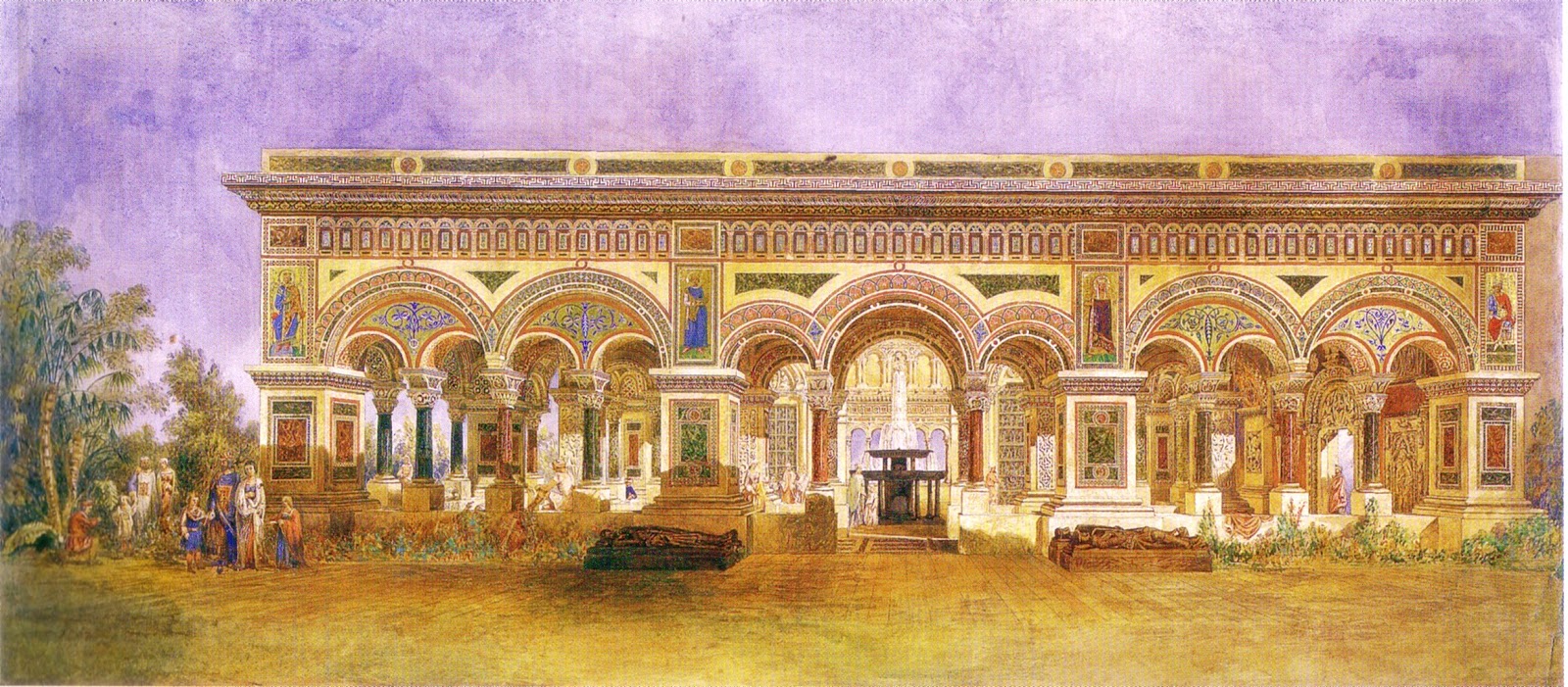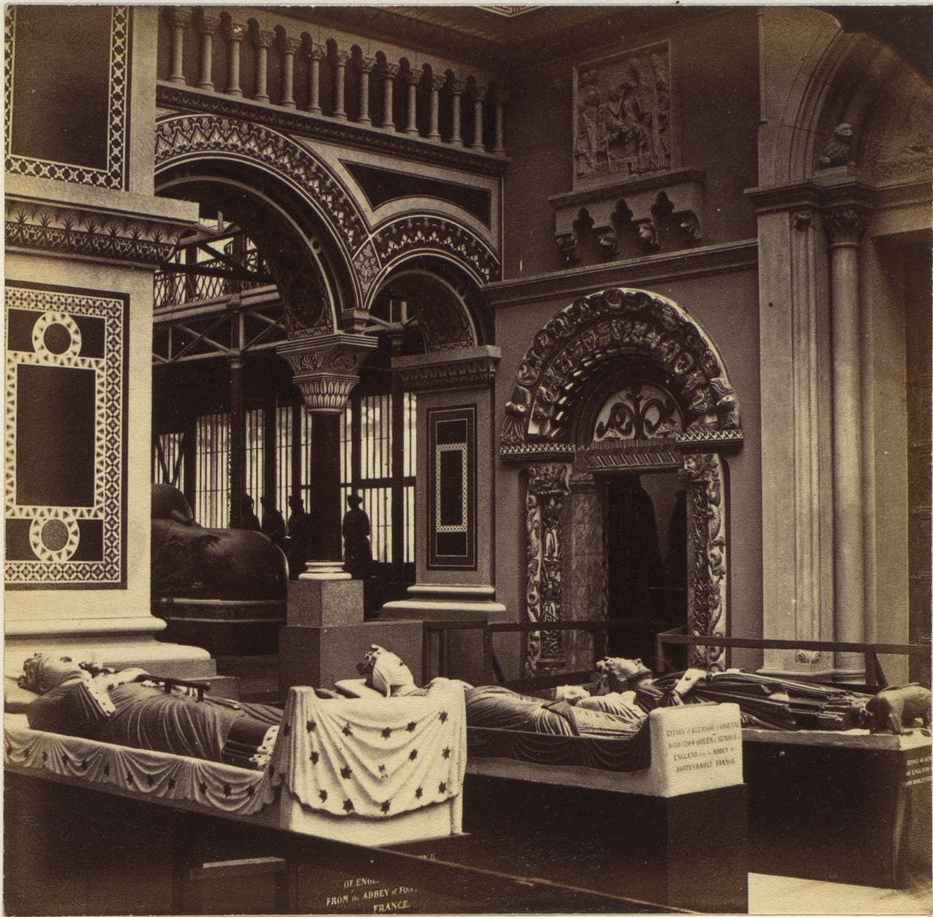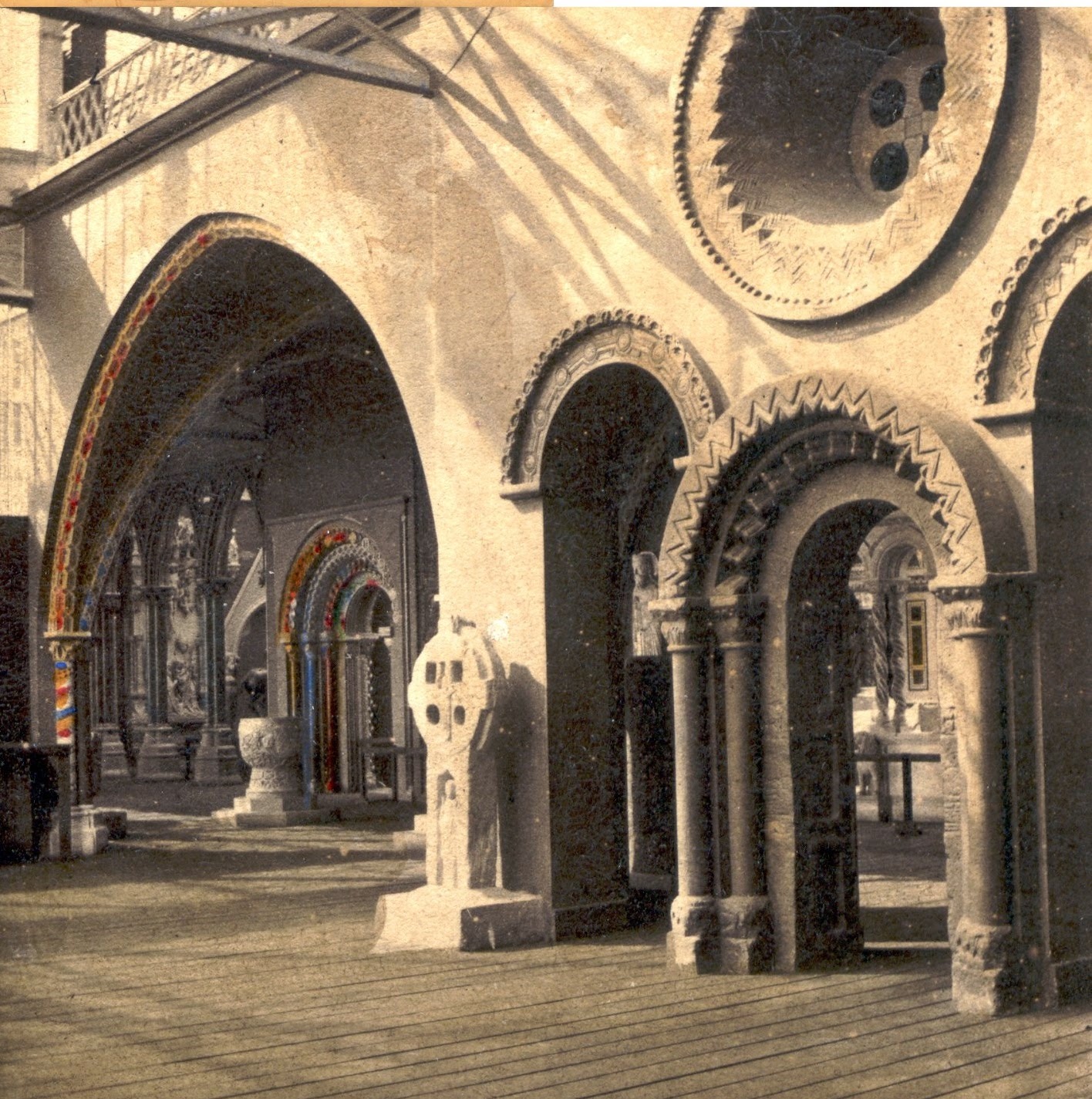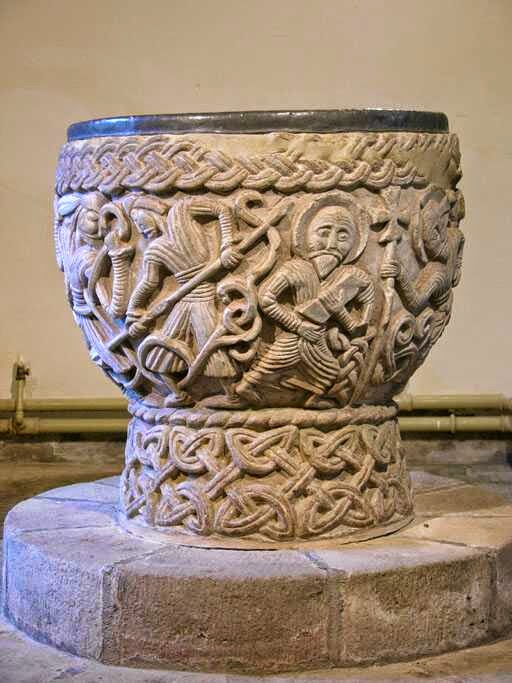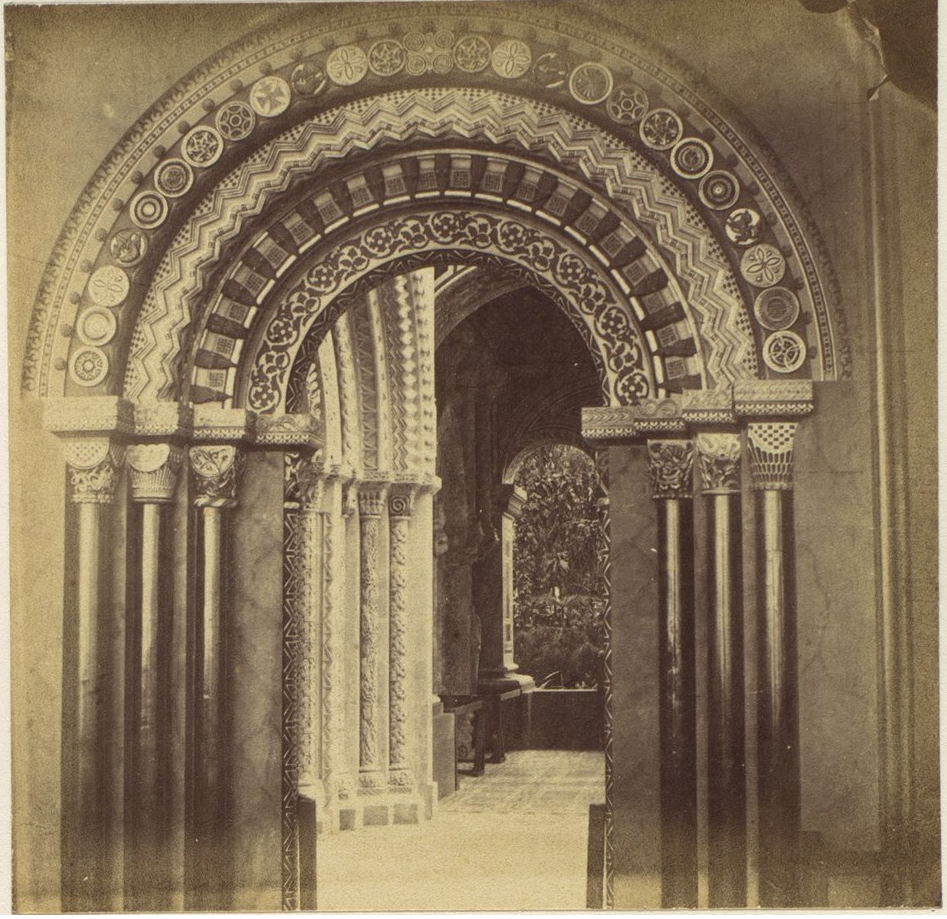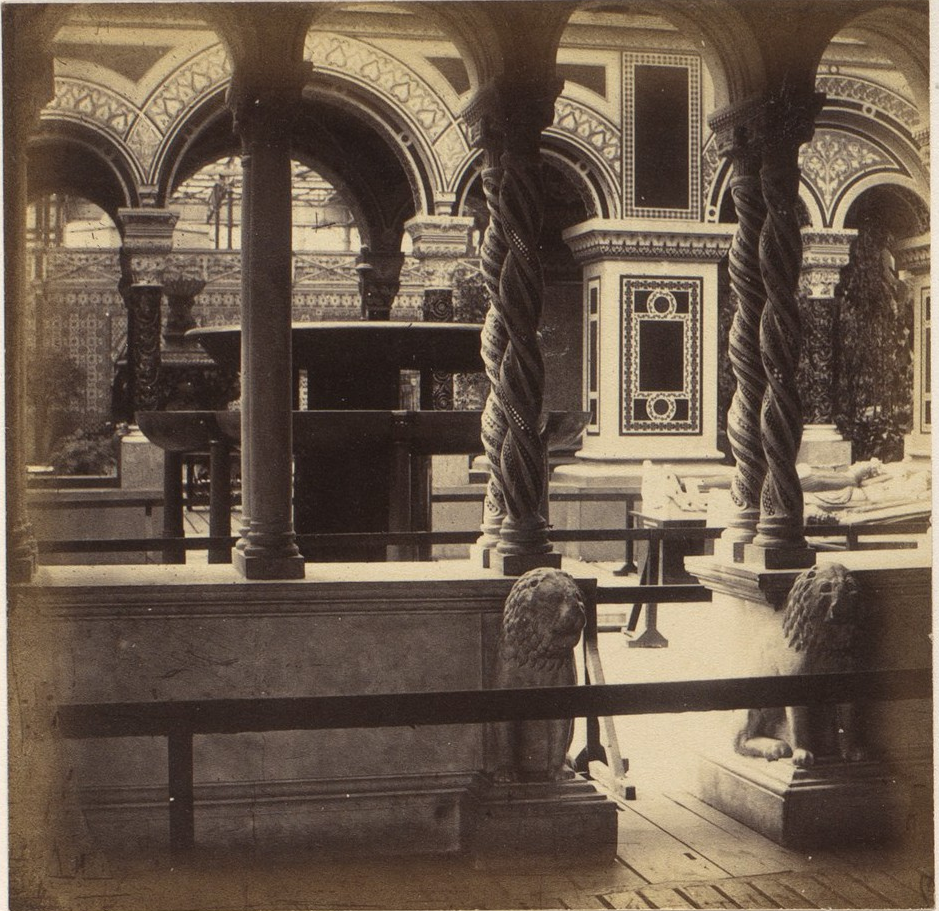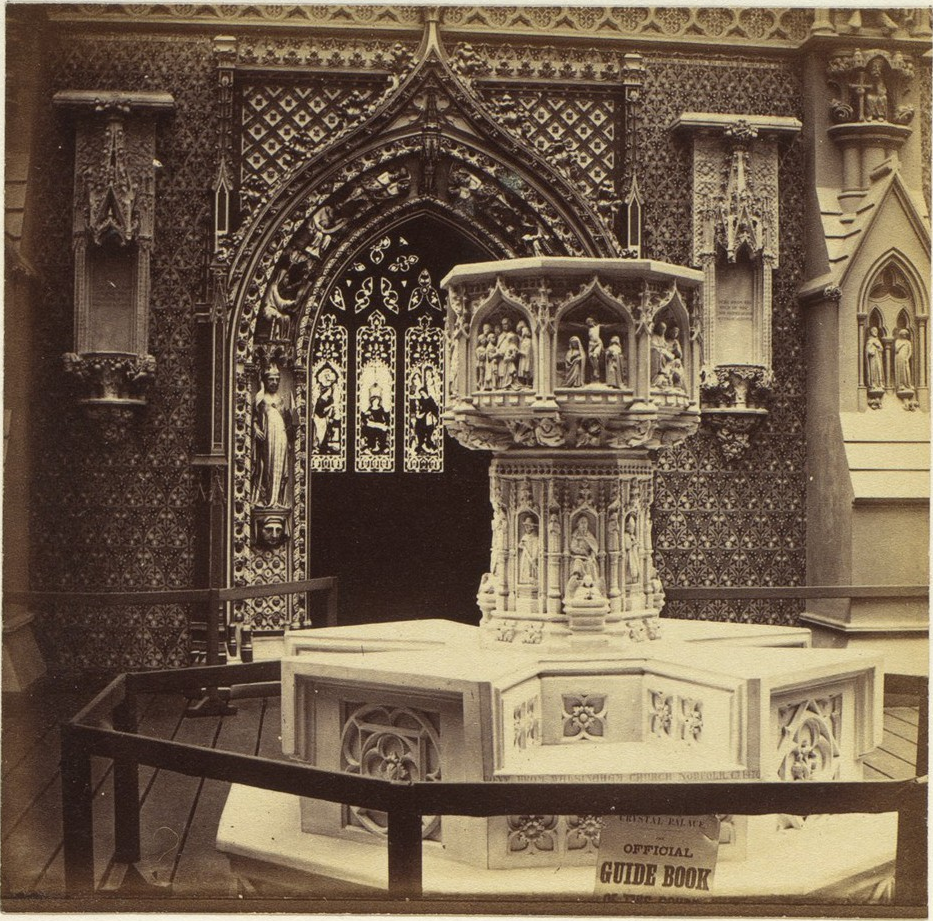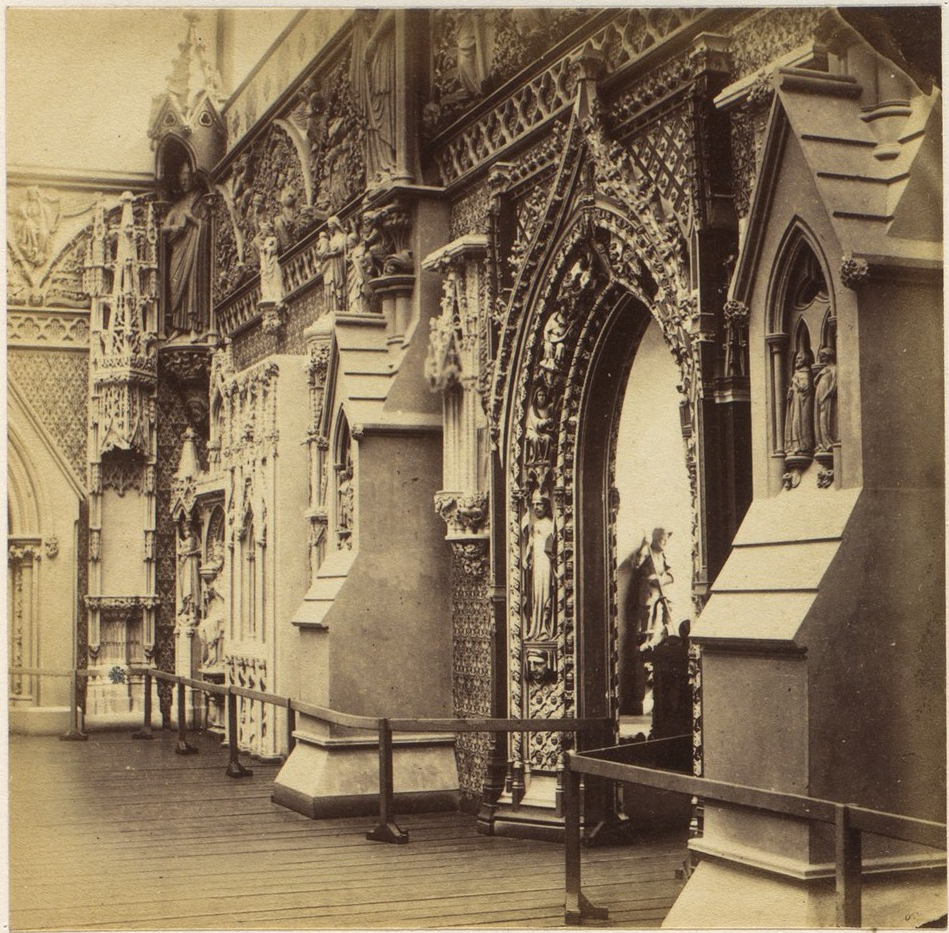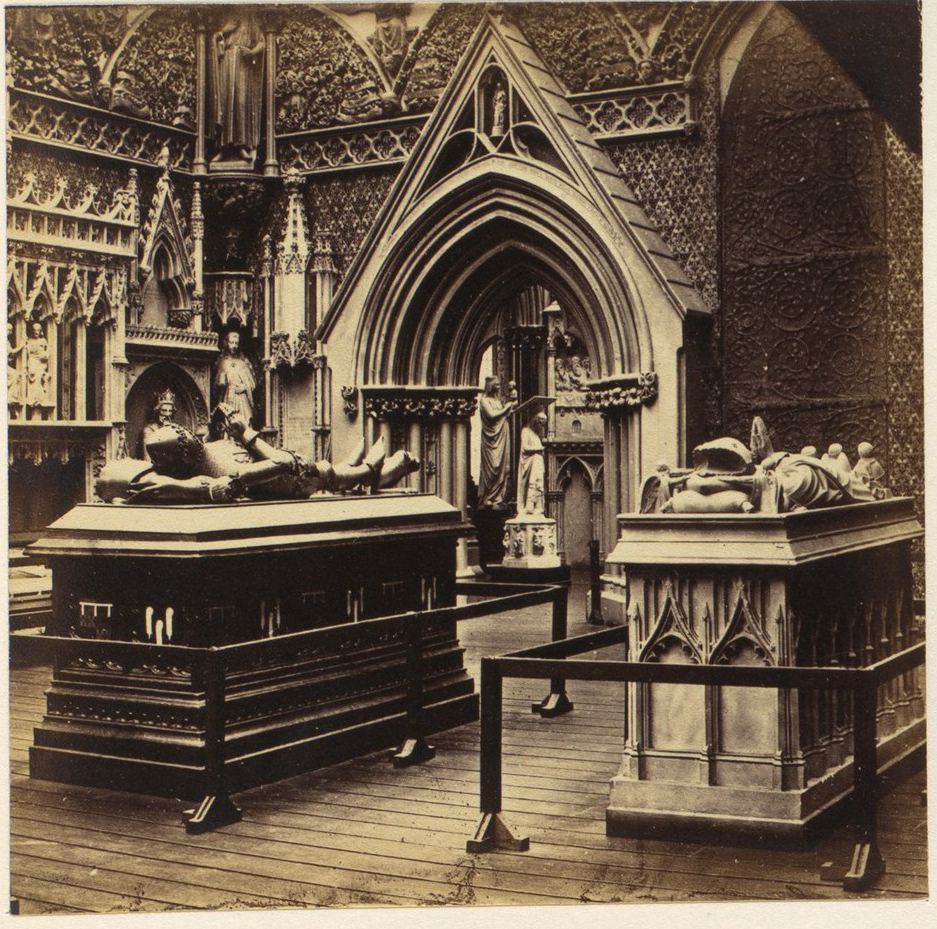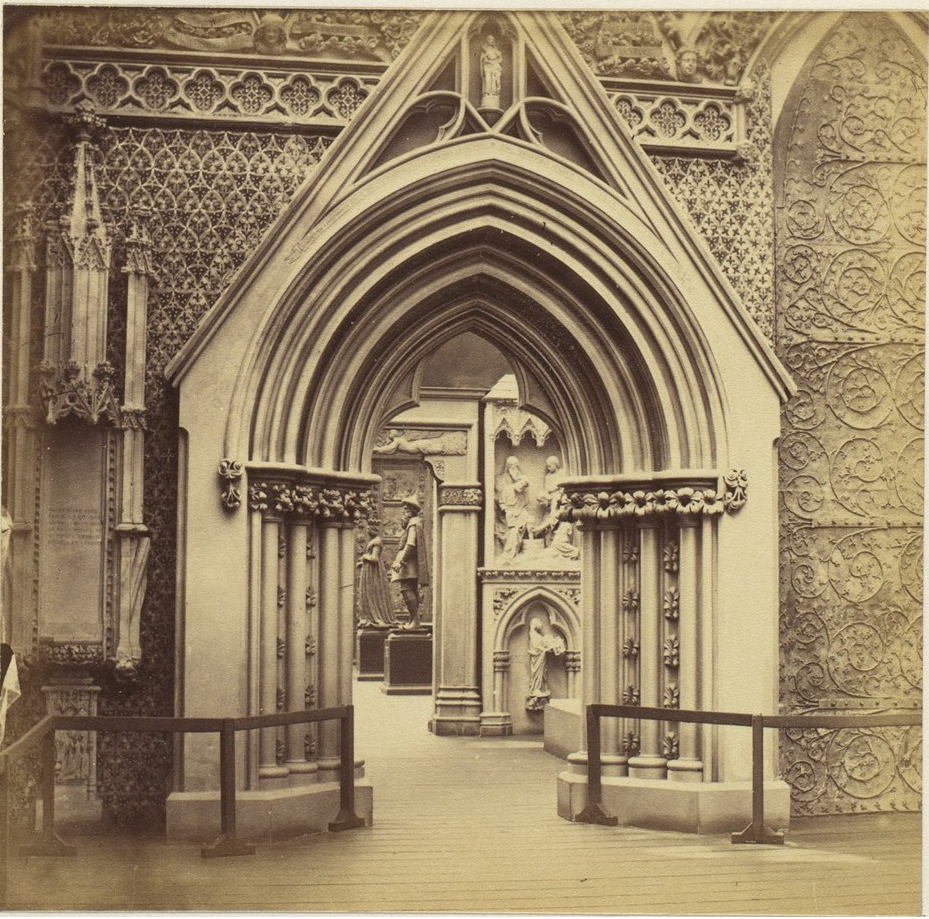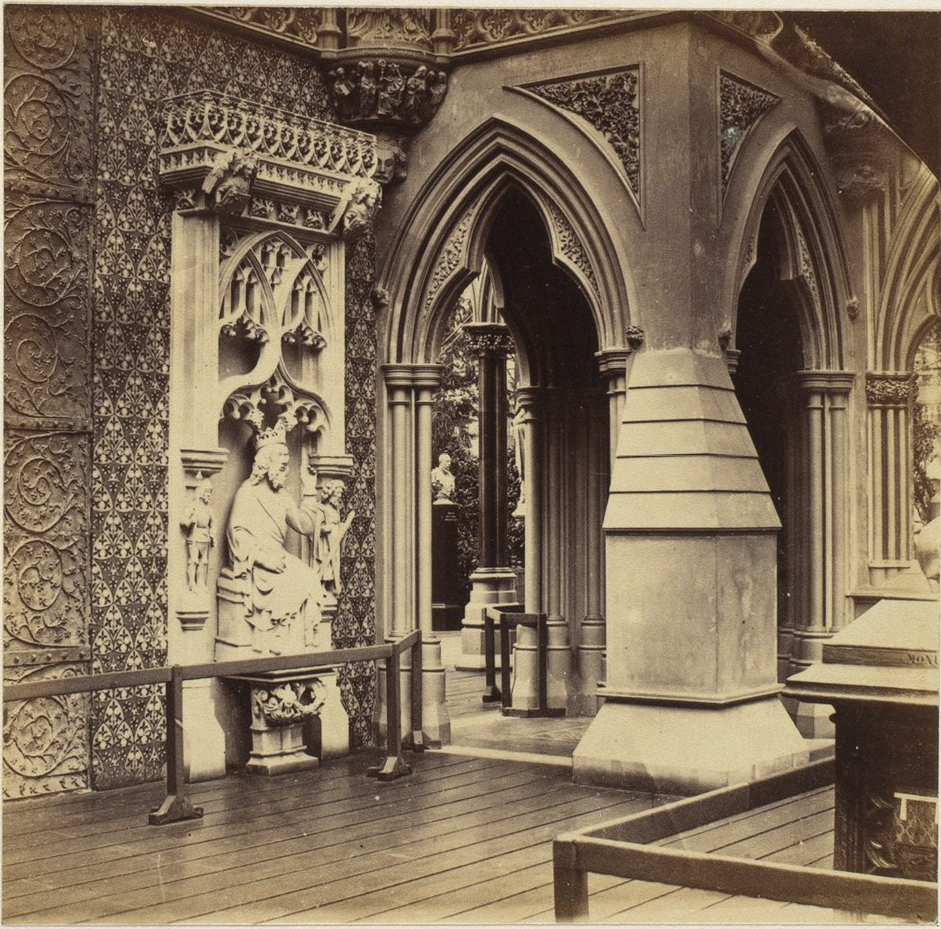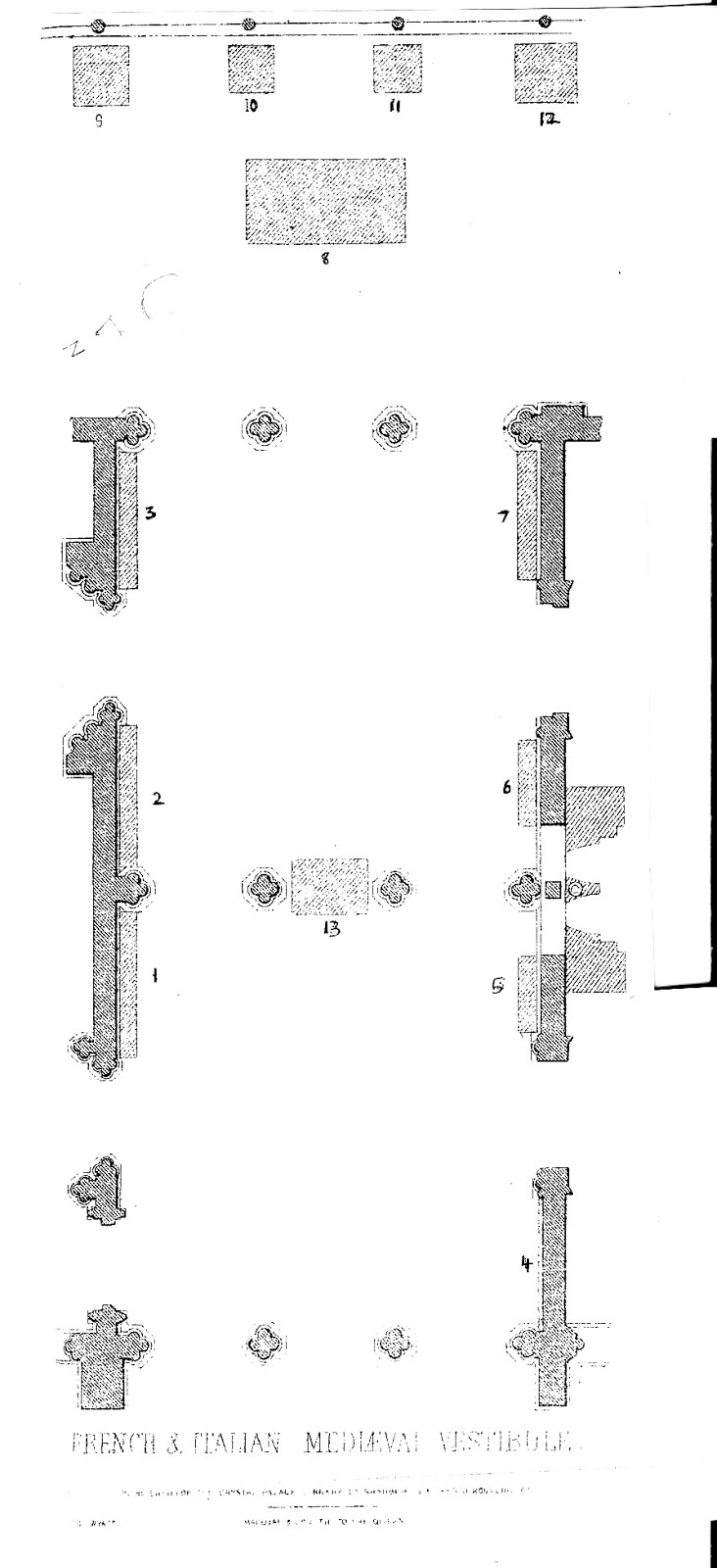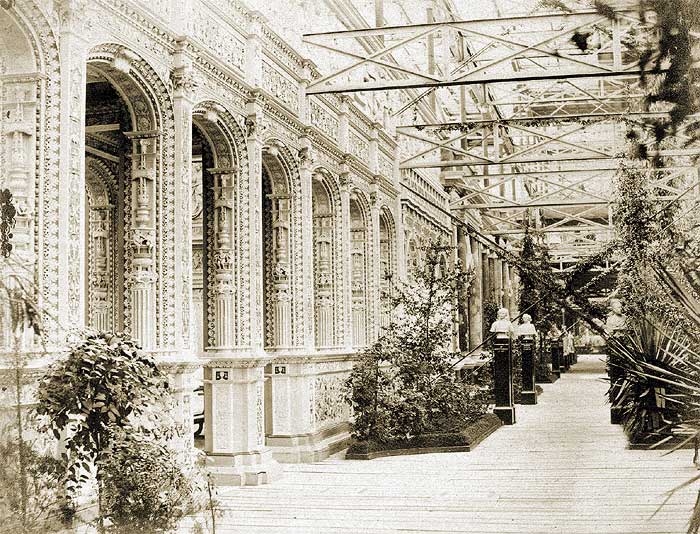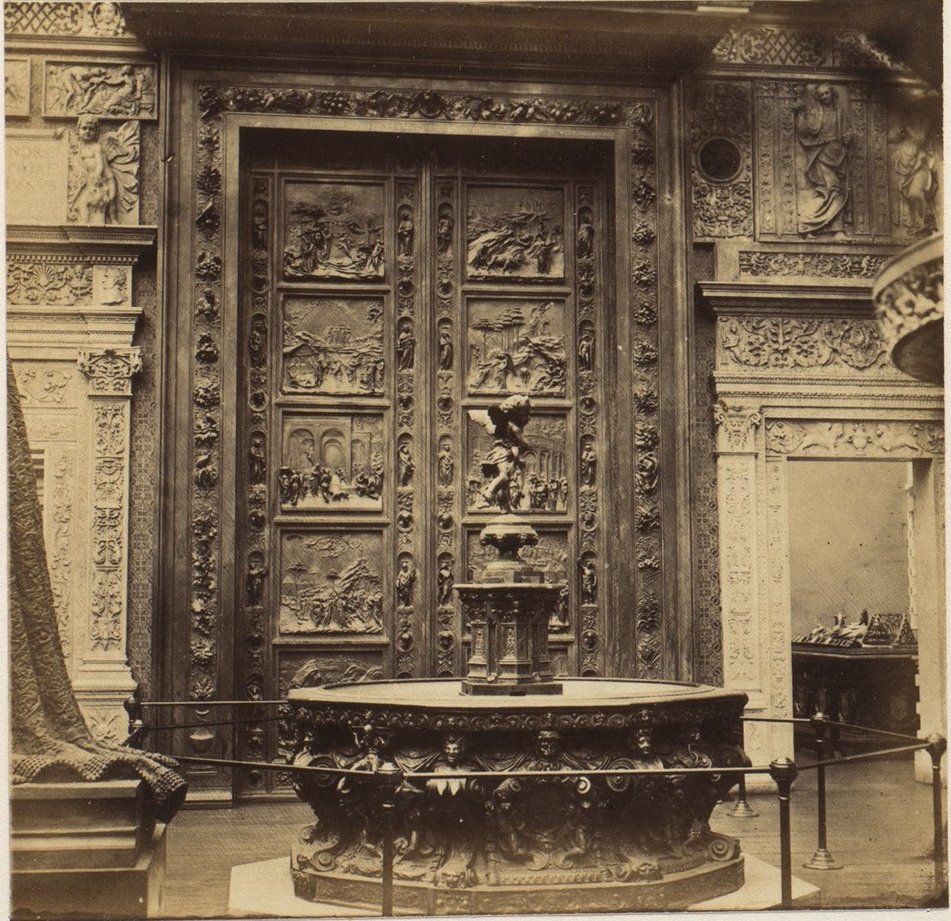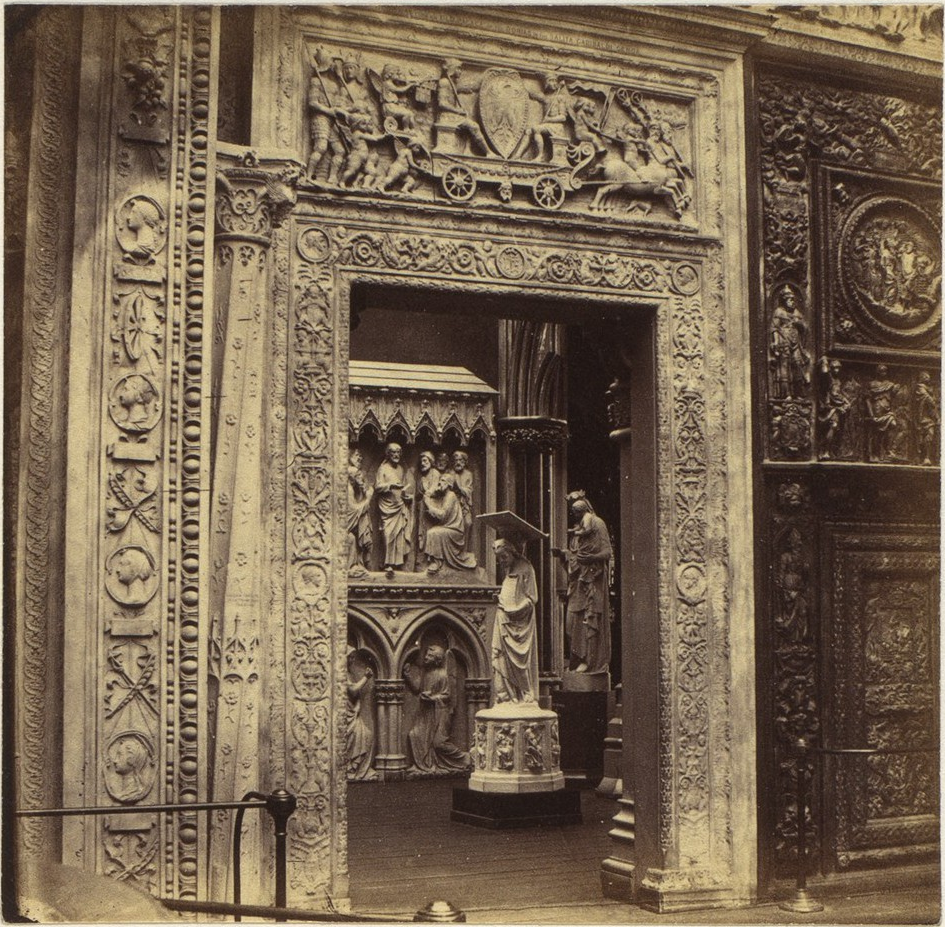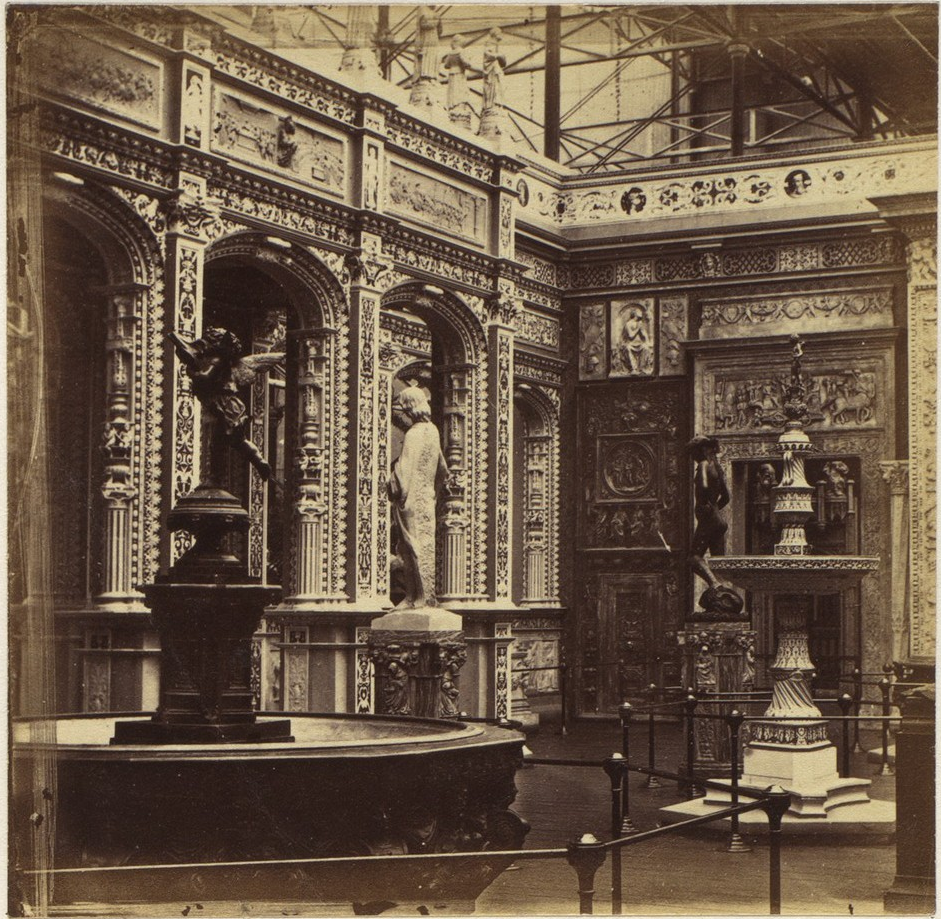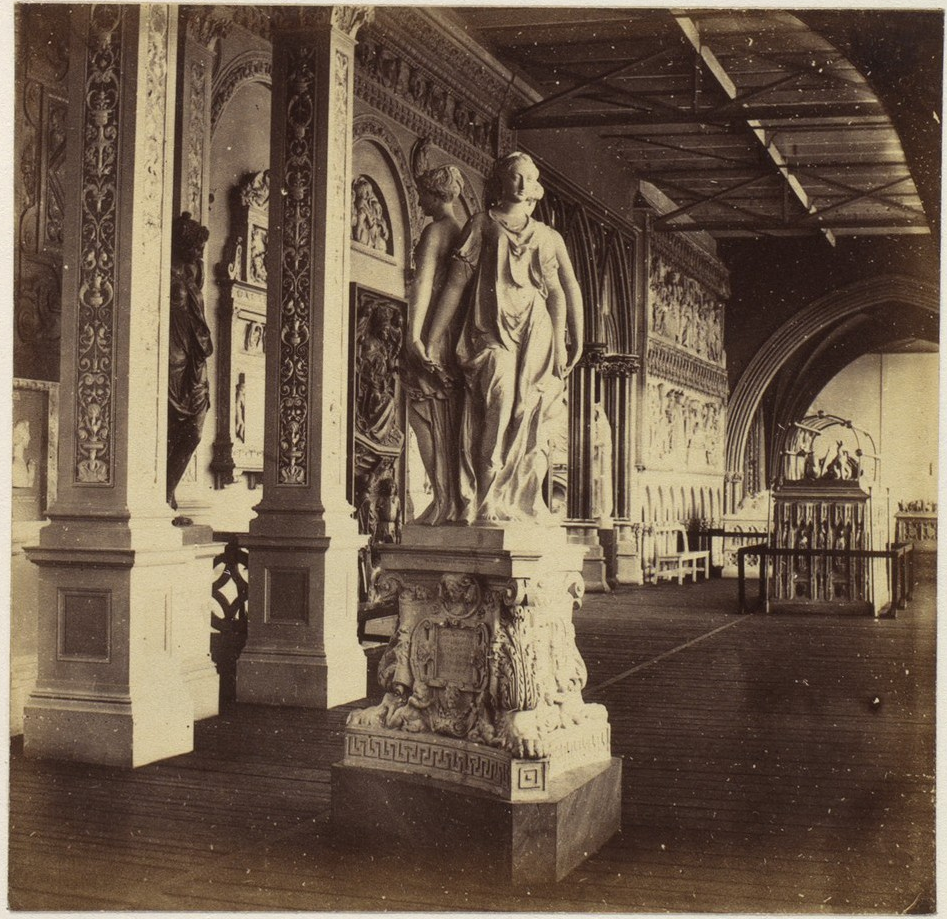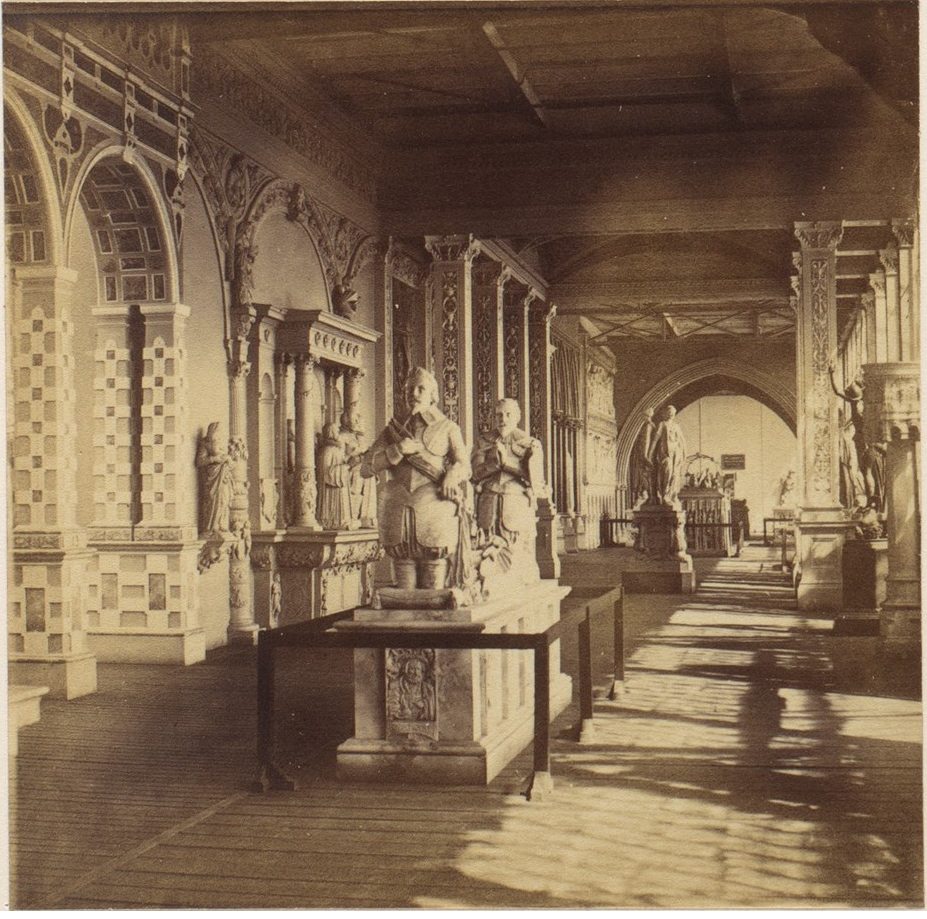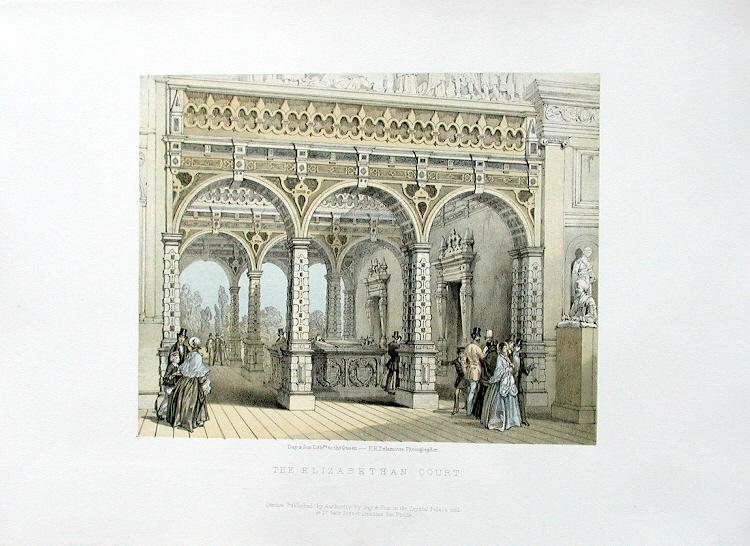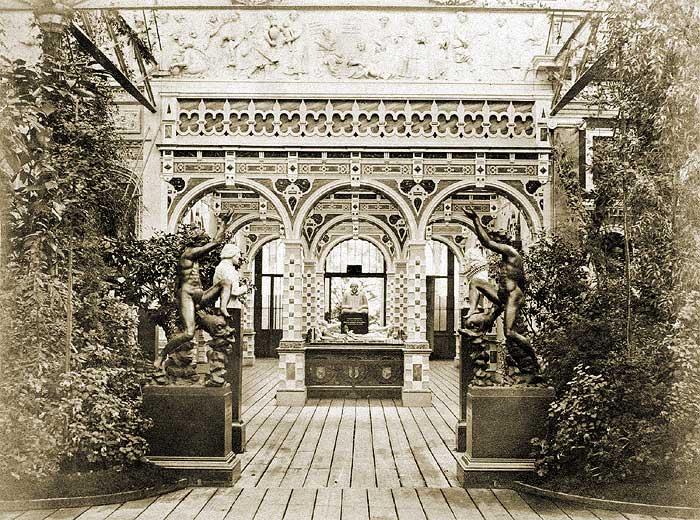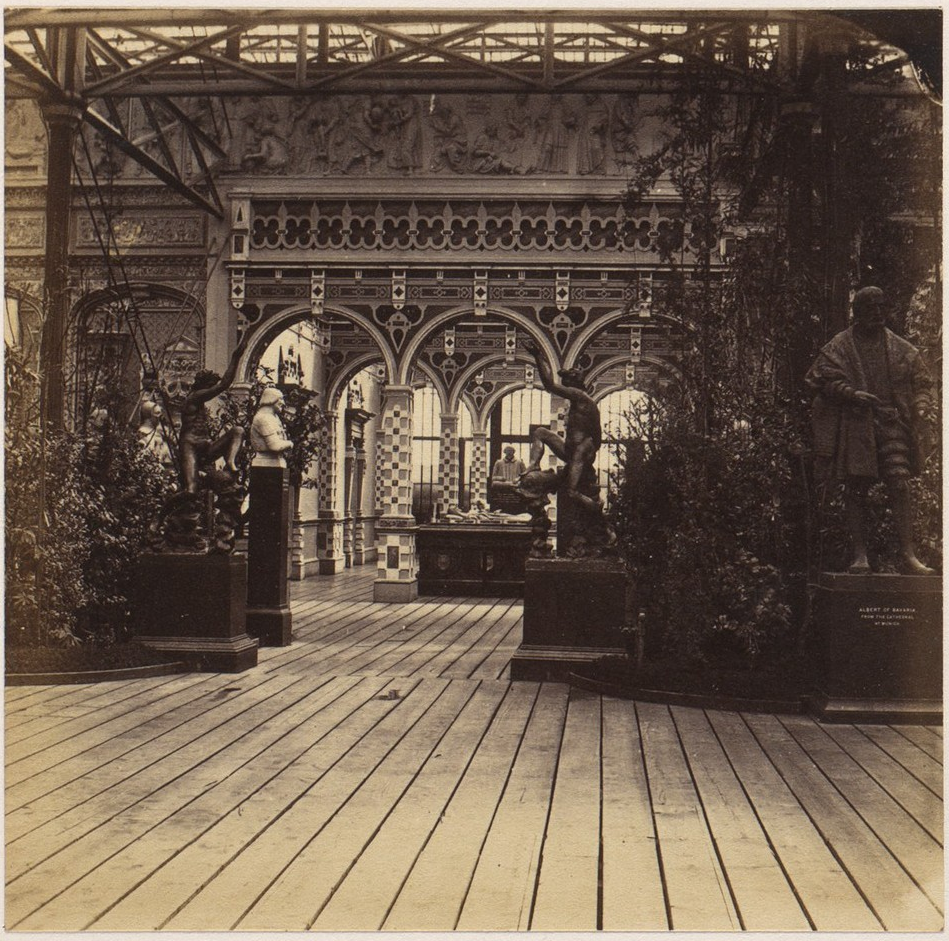I have started a seperate thread on the actual building of the Crystal Palace, starting with a guide to the Hyde Park version of 1851 on the following thread - link below.
http://forum.sydenham.org.uk/viewtopic.php?f=10&t=4783
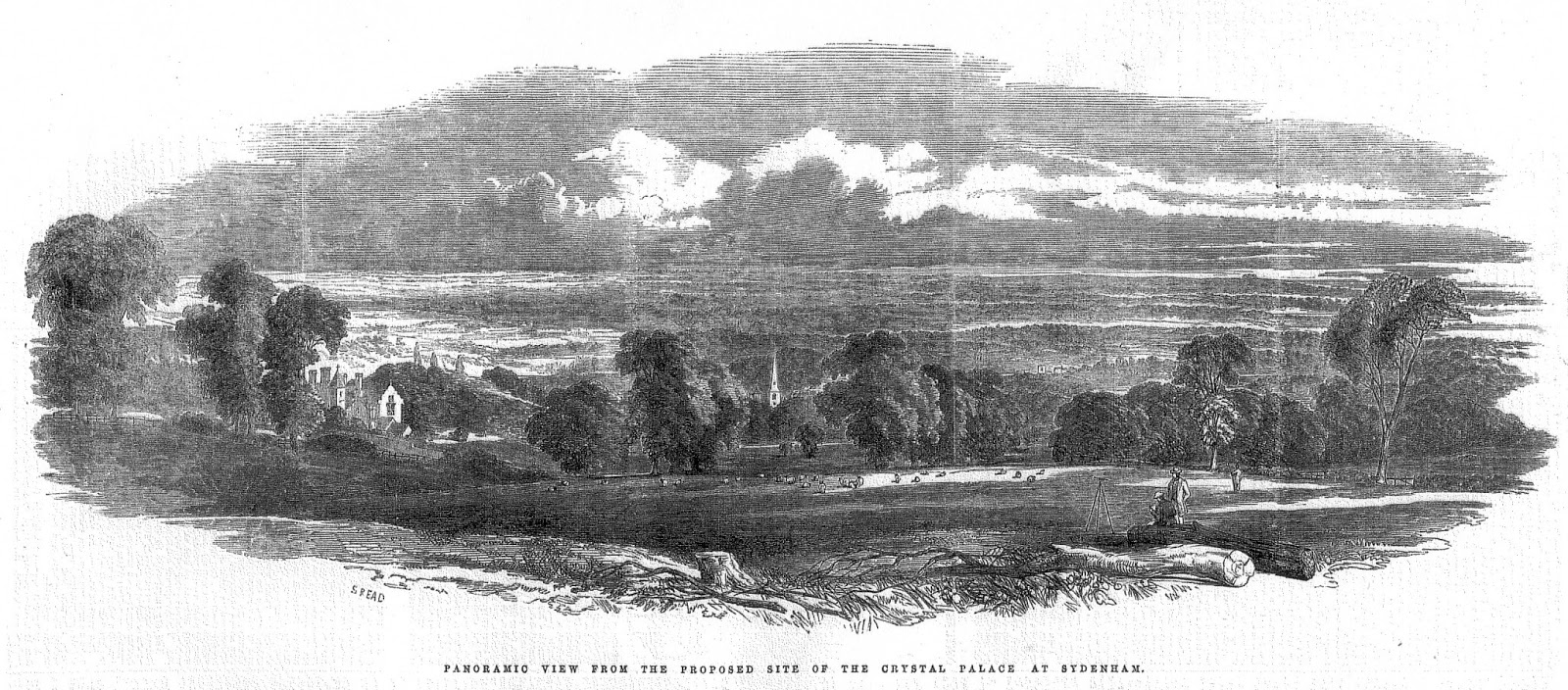
Panoramic view from the proposed site of the Crystal Palace at Sydenham."
SOURCE: Illustrated London News June 5 1852
"The Proposed site of the Crystal Palace."
"About half-way between the Sydenham and Anerley stations, on the right of the railway line to Croydon, glimpses of the picturesque chimneys of an Elizabethan may be caught just peeping over an intervening screen of trees. this is Penge - Place. It was rebuilt by Blore on the foundation of an ancient mansion, and is soon to be removed to afford a site for the Crystal Palace. Thus, for beauty of scenery and perfect retirement, combined with easy access from London, it is impossible to imagine a more fortunate station. The park, pleasure - grounds, and pasture - fields contain 280 acres, lying on a gentle slope, varied by round barbed spurs, on one of which, a sort of promontory, the mansion now stands. The park and pstures are adorned with clumps of ornamental timber, and surrounded by a thick belt of plantations which completely seperate it from the road and from adjoining properties. One considerable part of this plantation, intersected by winding paths, is formed of magnificent hollies and other evergreens, which must afford a most delightful winter's walk. The situation, sloping down into a valley and hedged in by thick plantations, affords the most perfect solitude; not a sound, not an object within view, betrays the close vicinity of a great city. The blackbirds and thrushes sing away in harmonious rivalry, and the rabbits dashing through the brushwood and wobbling along the fields complete the idea of a remote rural district, only disturbed by the occasional thunder of a train dashing along the valley below, unseen, but marked by a following train of vapour. the village in the valley is hidden, all but the tapering spire of the church, by the roll of the ground and intervening clumps of trees; but rising beyond, the Surrey hills, almost covered with wood, spread out in a vast panorama, until they are bounded by the horizon.
With the exception of the belt of plantations which surrounds this future park of the million, very little has been done by art to improve and develop the beauties of what Sir Joseph paxton has called "the most beautiful spot in the world for the Crystal Palace."
At present there is no water to complete the picture as the eye travels down the green slopes before rising to take in the delicious prospect afforded by the opposite wooded vales, doted here and there with villas. But from the fall of the ground it will be easy to construct a small lake, or a series of basins for waterfalls. If possible, we should like to have a series of trout preserves, like those at the Wolf's Den, near Heidelberg.
It is indeed delightful to contemplate that this park, from its position, never can be intruded upon by building speculation, but can command solitude for centuries to come. When the Crystal Palace, revived with all the triumphs of taste, and skill that are in contemplation, is removed to this park; when four termini of railways are close adjoining the silent highway of the Thames, and are ready to convey all classes to the garden wilderness for the cost of an omnibus fare - into the midst of flowers and rare shrubs in full bloom in winter, and fountains and shady walks in summer, away from the smoke and the din of London, where all will be framed with the view of purging and instructing by the eye and the ear, and every debasing habit and association will be excluded - a new era in the public amusements will have commenced. The day of pot-house gardens, and the pot-and-pipe selfishness of husbands, will soon pass away.
Every year the increase in the size of London and dearness of rent render it more essential that the masses should have the means of healthful recreation, fresh air, and amusement, without the temptation of intoxicating liquors to refresh them after their toils. Already the improvements in our parks and public gardens have done much to improve the character of the working people in London. But the winter is no time for walks in the park, or excursions to Kew or Hampton Court. The Crystal Palace gets over this difficulty; and it is satisfactory to find that for all the inhabitants of the east end of London - of Greenwich and Deptford, of Vauxhall, Bermondsey, and the suburbs on the river - the Crystal Palace at Sydenham, with the railway running into it, will be nearer and cheaper than if it had been planted in Hyde Park; while a park fitted for every healthful game will be added to its other attractions."
-Illustrated London News June 5 1852
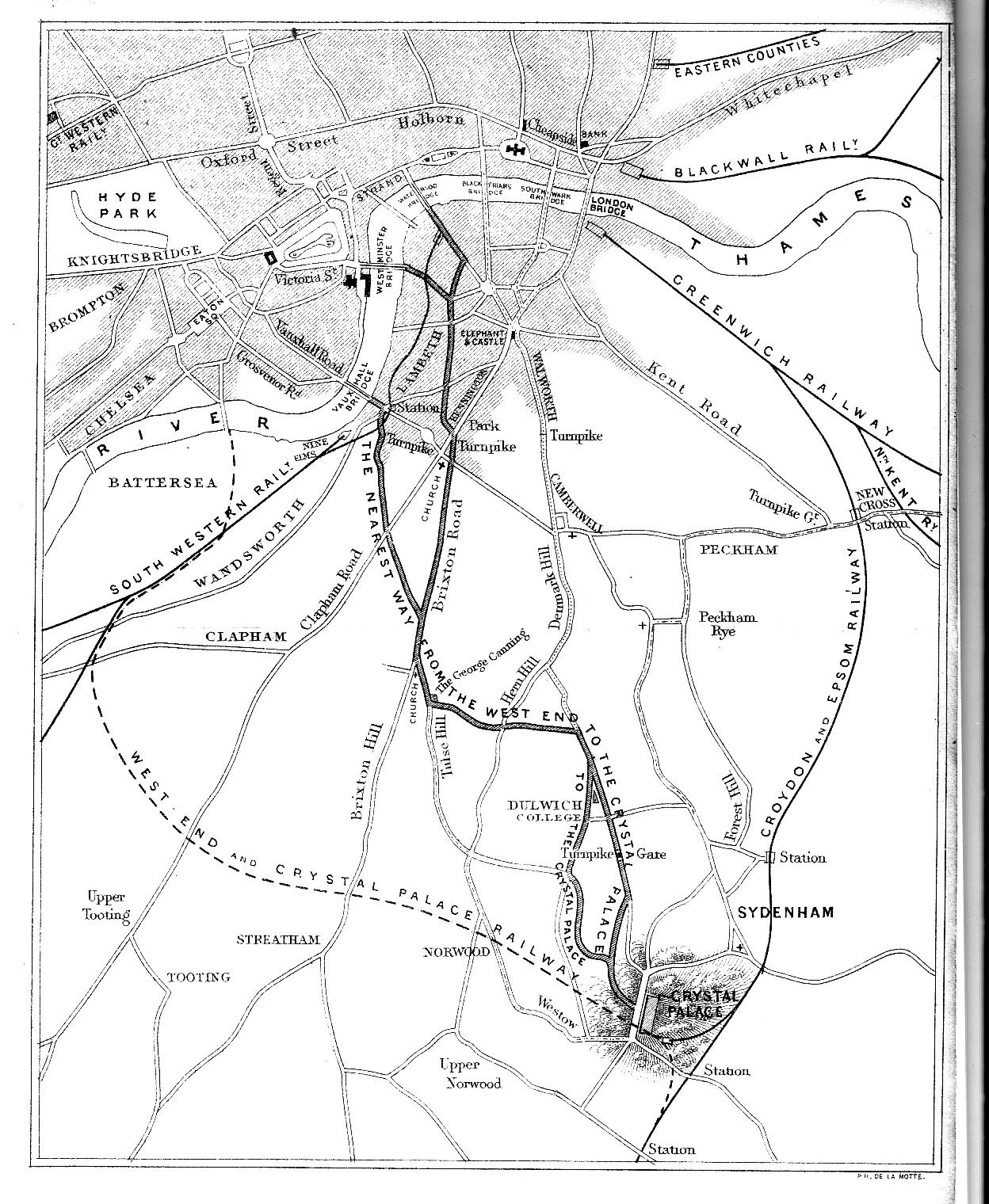
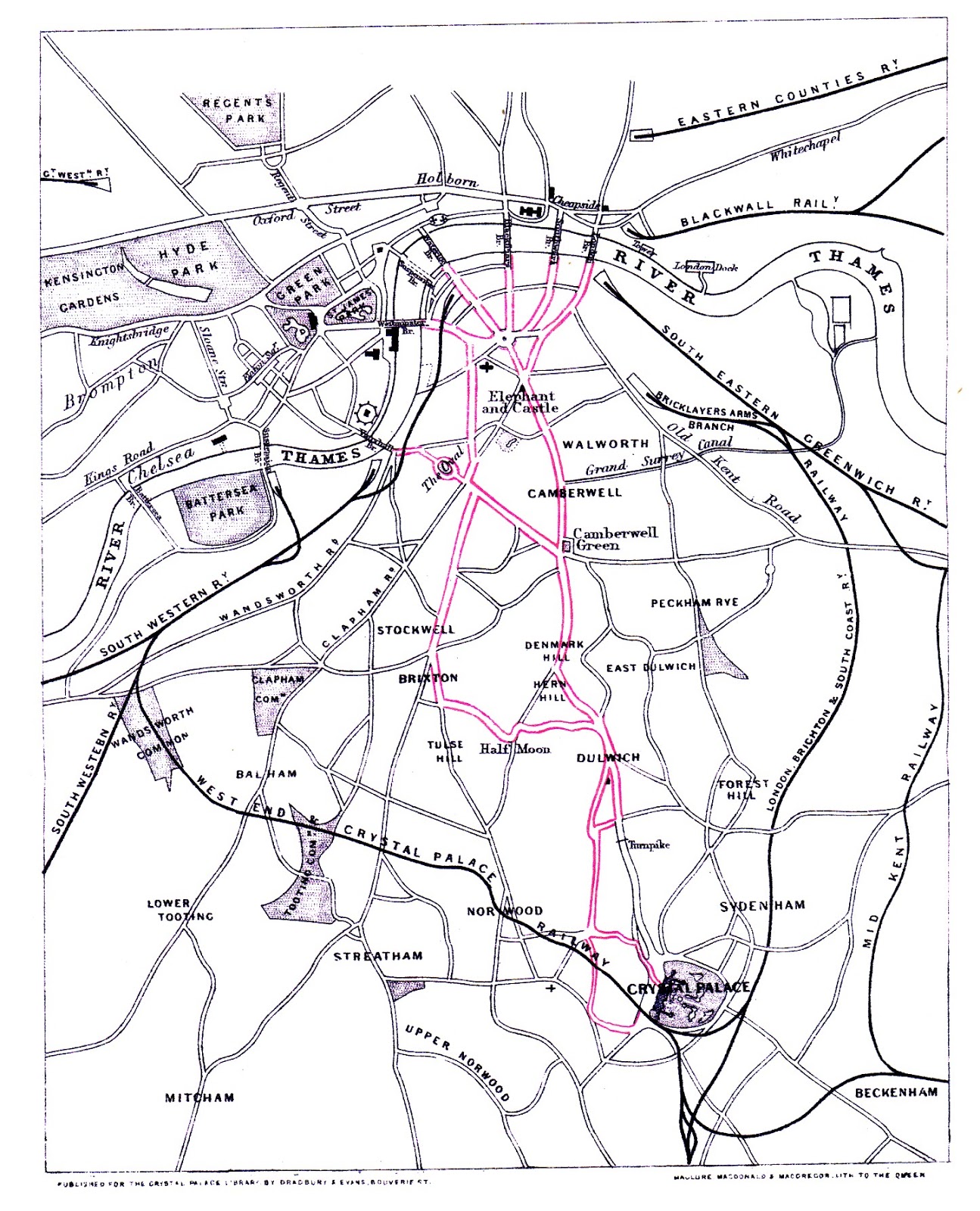
Maps from the 1854 [left] and 1858 [right] guides to the Crystal Palace.
They give some idea of the increase of development and transport links in just the first four years of the Crystal Palace.
THE NAVE.
Quitting the wing, to which the visitor was brought [from the railway station], he turns into the body of the Palace, and the first object that attracts attention is a fountain of toilet vinegar, erected by Mr. E. Rimmel, from designs furnished by Mr. John Thomas.
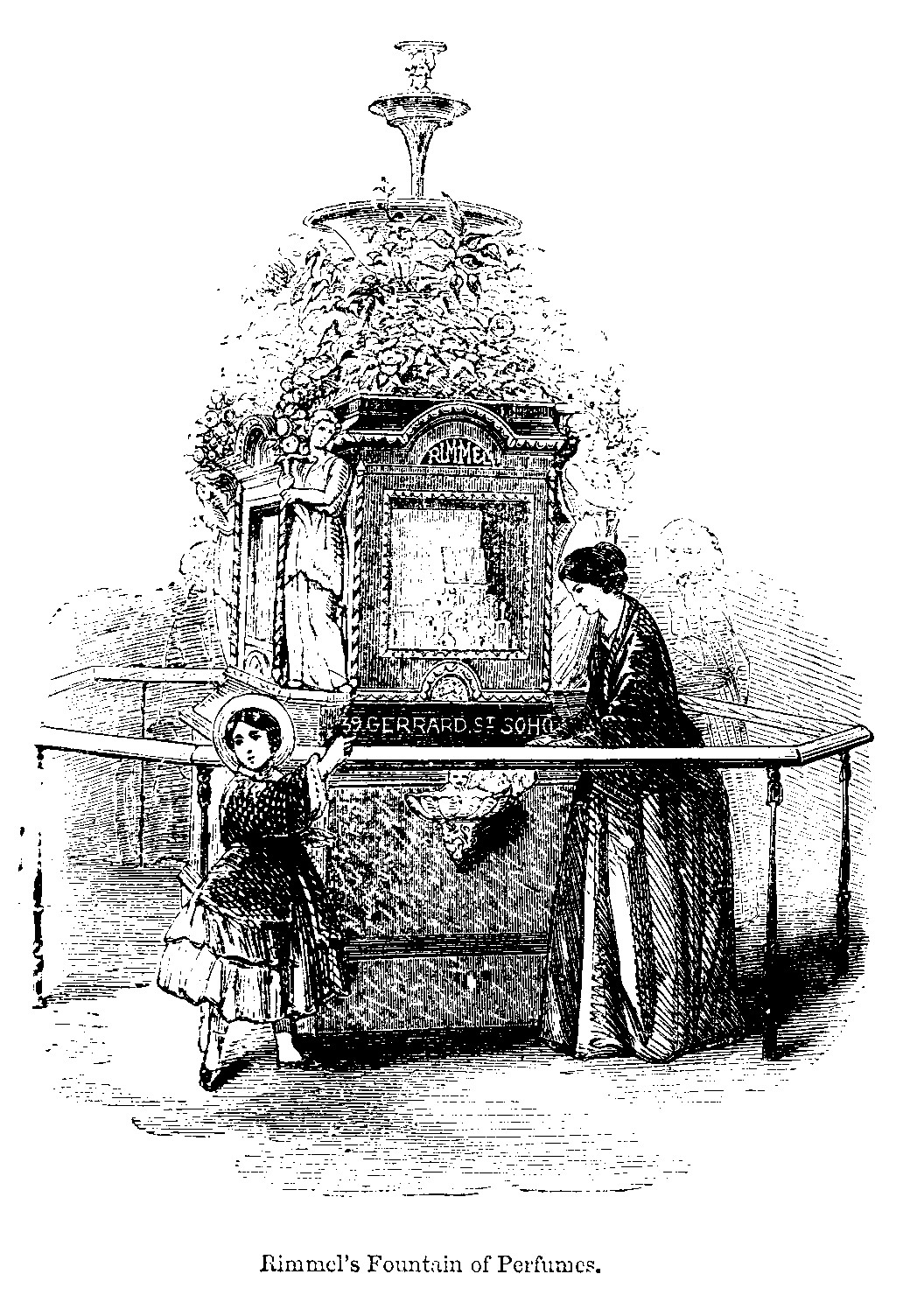
Keeping close to this, the south end of the Palace, we proceed towards the centre of the nave, and passing through the opening in the ornamental screen which stretches across the nave, a fine view is gained of the whole interior of the building.
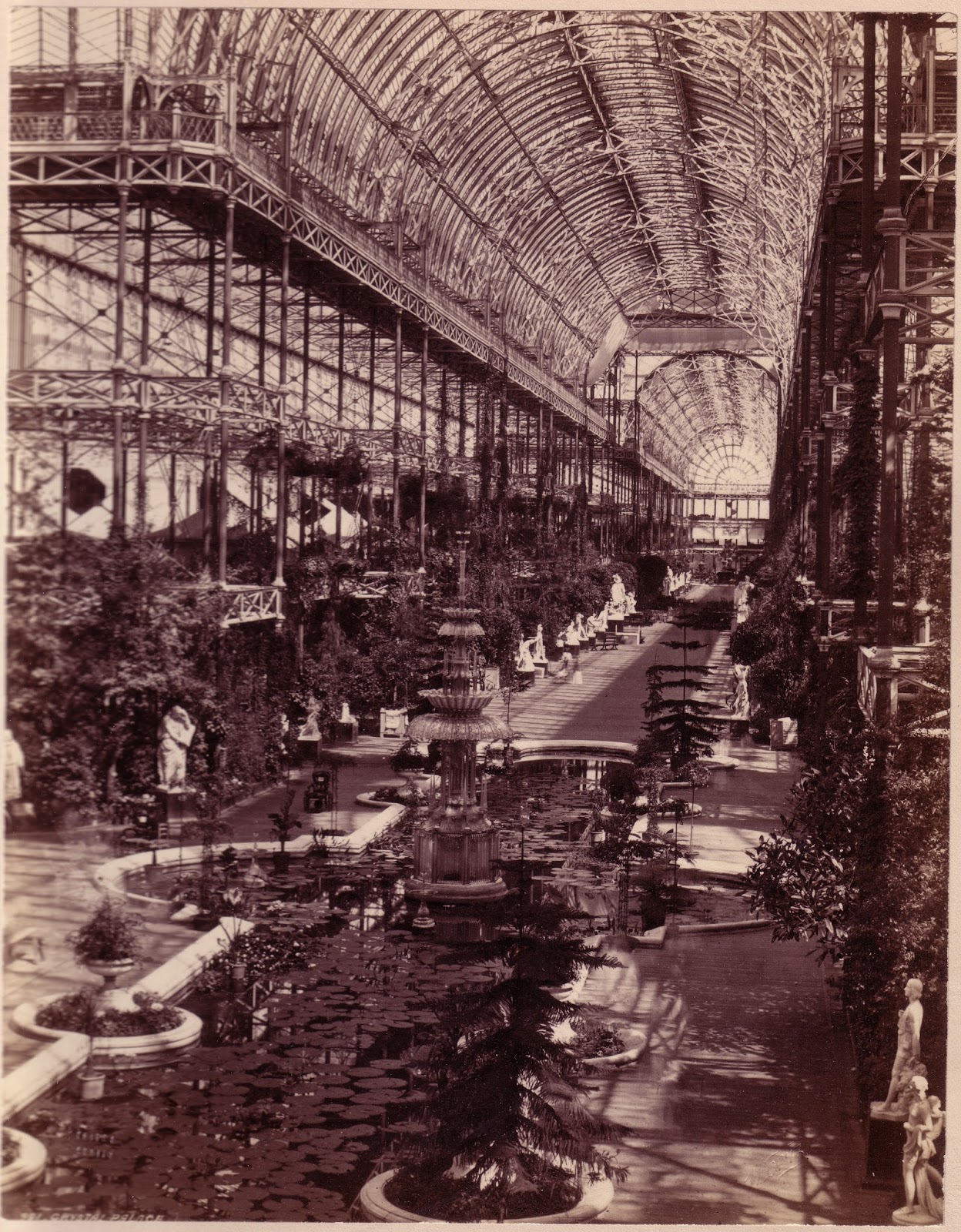
Delamotte 1854
In the fore-ground is Osler’s crystal fountain, which adorned the Palace at Hyde Park, but here elevated in its proportions and improved. It is surrounded by a sheet of water at each end of which float the gigantic leaves of the Victoria Regia, the intermediate space occupied by various aquatic plants; several species of the Nymphoea Devoniana, the Nelumbium speciosum or sacred bean of the Pythagoreans, &c.
On either side of the nave the plants of almost every clime wave their foliage, forming a mass of cool pleasant colour, admirably harmonizing with the surrounding tints, and also acting as a most effective background to relieve the white statues, which are picturesquely grouped along the nave; at the back of these are the facades of the various Industrial and Fine Arts Courts, whose bright colouring gives additional brilliancy to the interior, whilst the aerial blue tint of the arched roof above considerably increases the effect of the whole composition.
Let the visitor now proceed up the building until he arrives at the central transept, at which point the will be enabled to judge of the vastness of the hall in the midst of which he stands, and the whole structure of which the transept forms so noble and conspicuous a part.
-General Guide to the Crystal Palace
